Cleaning Your Jewelry
How to Prevent and Clean Tarnished Jewelry
No matter what material your jewelry is made of-mystery metal, brass, copper, silver, silver-filled, plated, gold, or gold-filled-tarnishing is inevitable.
However, some metals tarnish faster than others.
Simple Steps to Prevent Tarnish
- Clean after wearing: Wash jewelry with mild soap and water, then dry it completely before storing. This small habit significantly reduces tarnishing-but let's be honest, we don't always take the time to do this.
- Store properly: Use silver cloth, anti-tarnish jewelry boxes, or clear anti-tarnish resealable plastic bags.
However, these methods are only effective if the jewelry is clean before storage-otherwise, tarnish can still develop.
Choosing the Right Cleaning Method
Before cleaning any jewelry piece, do your research! Not all cleaning methods are safe for every type of jewelry.
Some can cause permanent damage, especially to delicate or sentimental pieces.
- Some cleaning methods work better on certain metals.
- Avoid harsh methods that may ruin valuable or delicate jewelry.
- When in doubt, choose a gentle cleaning technique.
Caution:
Don't Leave Jewelry Unattended
No matter what cleaning method you use, never leave jewelry soaking in a cleaner and walk away.
If forgotten, the piece could be permanently damaged. It's always better to be safe than sorry!
Liquid Cleaners & Dips: Pros and Cons
A quick dip into a liquid cleaner can remove tarnish from gold or silver, but be cautious-some silver cleaners are strong enough to strip applied patina and can damage jewelry if left in too long.
Potential Risks of Liquid Cleaners:
- Overexposure can cause damage: Leaving jewelry in the cleaner for too long can pit the surface or weaken delicate chains.
- Can remove patina: Some cleaners are too strong and may strip intentional oxidation.
- Follow instructions carefully: Always adhere to the cleaner's guidelines to avoid permanent damage.
A Cautionary Tale
One day, my young daughter tried to surprise me by cleaning my jewelry-without paying attention to my warnings. She dipped my favorite malachite necklace into silver cleaner for just 30 seconds. That was all it took to ruin the stone's polish!
Do I still use liquid cleaners?
Yes, but never on gemstones-except for the Diamond Dazzle Stik. Since I rarely remove my wedding rings, they accumulate lotion, soap scum, and debris. This cleaning stick reaches into tiny crevices behind diamonds and gets them sparkling fast-better than any other method I've tried!

How to Use Bar Keepers Friend to Clean Tarnished Jewelry
Why Use Bar Keepers Friend?
Bar Keepers Friend is a powerful yet gentle cleaner that quickly removes tarnish from metal surfaces. It contains oxalic acid, which dissolves tarnish almost instantly without scratching the metal. However, it's important to use this cleaner carefully to avoid damaging gemstones or delicate finishes.
How to Clean Metal Jewelry with Bar Keepers Friend
- Make a Paste - Mix Bar Keepers Friend with a small amount of water to create a thick, sloppy paste.
- Apply Gently - Pat the paste onto the metal surface. Avoid rubbing aggressively to prevent unnecessary abrasion.
- Let It Sit Briefly - Allow the paste to work on the tarnish for a few seconds.
- Rinse Thoroughly - Wash off the cleaner with water to reveal a bright, polished finish.
- Protect Your Hands - Since Bar Keepers Friend contains mild acid, wear rubber gloves to avoid skin irritation.
When to Use (and Avoid) This Method
✅ Best for:
- Heavily textured metal jewelry - Minor scratches from the cleaner won't be noticeable.
- Copper, brass, and sterling silver - Quickly restores shine without excessive scrubbing.
❌ Avoid using on:
- Soft gemstones - Even mild acid can start etching softer stones.
- Delicate or high-polish pieces - The abrasive nature may cause micro-scratches.
A Real-Life Example: Restoring a Copper Cuff
I have a Northwoods Tri-Metal Cuff that I leave out often, and over time, the copper darkens-especially when I don't wear it daily. When I finally decided to put it on, the metal had turned almost the same brown as the stone in the design.
Since I rarely take time to polish my jewelry, I needed a quick and effortless way to restore its shine.
Using Bar Keepers Friend, I cleaned the cuff in just 15 seconds, and it looked as bright as the day it was finished!
By following these steps, you can easily restore the beauty of your metal jewelry with minimal effort. Just be sure to use Bar Keepers Friend carefully to protect both your pieces and your skin!

Can You Clean Jewelry with Ketchup?
You might have heard that ketchup can clean jewelry-and it's true! Thanks to its acidic properties, ketchup can help remove tarnish from certain metals. However, there are important precautions to keep in mind.
How to Clean Jewelry with Ketchup
- Submerge the piece in ketchup for 15 minutes to an hour.
- Rinse thoroughly with water to remove any residue.
- Dry completely with a soft cloth to prevent moisture damage.
Important Warnings
- Avoid using ketchup on gemstone or organic jewelry (such as pearls, opals, and turquoise). The acidity can damage these delicate materials.
- Check for crevices where ketchup could get stuck and cause buildup over time.
While ketchup can be a quick fix for tarnish, it's best suited for solid metal pieces like silver or copper. If in doubt, use a jewelry-specific cleaner for safer results!

Jewelry Cleaning Methods: What Works and What to Avoid
Not all household cleaners are safe for jewelry! Some common DIY methods can actually damage metals and gemstones instead of making them shine. Below, we break down popular cleaning techniques-what works, what doesn't, and why you should be cautious.
❌ Methods to Avoid
Baking Soda, Salt & Aluminum Foil with Boiling Water
This technique is often used to clean sterling silver, including Grandma's antique flatware. However, it's not safe for most gemstones. While it may work in some cases, there are much better and safer options.
❌ Toothpaste: A Scratching Disaster
Many people think toothpaste is a gentle cleaner, but it's actually abrasive. Here's why you should avoid it for jewelry:
- Scratches metals like silver and gold
- Damages soft gemstones such as opals and turquoise
- Harsh chemicals in toothpaste can corrode delicate surfaces
❌ Vinegar: Too Harsh for Jewelry
Vinegar is a strong acid that can damage soft and organic stones, including pearls and amber. It can also strip plated metals, leaving them dull or discolored.
❌ Lemon Juice: Not Worth the Risk
Lemon juice is another highly acidic cleaner that can:
- Erode metal surfaces, especially silver and brass
- Harm delicate gemstones
- Require extra effort compared to safer alternatives
❌ Windex: Safe for Glass, Harmful for Jewelry
While Windex may leave your mirrors streak-free, its ammonia content makes it a terrible choice for jewelry. Ammonia can:
- Weaken gold and silver over time
- Permanently damage porous gemstones like emeralds and opals
✅ The Best Way to Clean Jewelry
Looking for a safe way to keep your jewelry sparkling? Use a gentle jewelry cleaning solution designed for your specific metals and gemstones. Warm water, mild dish soap, and a soft brush are often the best (and safest) choice!

How to Clean Jewelry with Gemstones: Best Practices & Mistakes to Avoid
Keeping your gemstone jewelry clean is essential for maintaining its beauty and longevity. But did you know that certain cleaning methods can permanently damage your favorite pieces?
One of the most common culprits? Ultrasonic cleaners.
Ultrasonic Cleaners: Use with Caution!
Ultrasonic cleaners are not safe for all gemstones. Avoid using them on jewelry with:
- Organic gemstones - Pearls, mother of pearl, coral, tortoise shell, ivory, shell cameos, amber, and jet.
- Coated or treated stones - Emeralds, lapis lazuli, malachite, and opals, which may contain oils, resins, or waxes that can be stripped away, leading to irreparable damage.
Why Are Ultrasonic Cleaners So Popular?
They work exceptionally well on many other types of jewelry, but remembering which stones are safe can be tricky. Instead of taking risks, it's best to use a gentler, foolproof method for delicate gemstones.
The Best Way to Clean Delicate Gemstone Jewelry
To safely clean fragile or treated gemstones, stick with warm, soapy water and follow these simple steps:
- Prepare a mild soap solution - Use gentle hand, body, or dish soap in lukewarm water.
- Soak the jewelry briefly - A few minutes should be enough to loosen dirt.
- Gently clean - If needed, use a soft toothbrush or cloth to remove buildup.
- Rinse thoroughly - Ensure all soap is washed away to prevent residue.
- Dry completely - Pat dry with a soft cloth and let it air dry before storing.
Jewelry Care: Daily Habits to Keep It Looking New
A little extra care can keep your jewelry shining longer and reduce the need for deep cleaning. Follow these simple habits:
- Jewelry should be the last thing you put on before leaving the house - Avoid exposure to hair products, sprays, and makeup.
- Jewelry should be the first thing you take off when you return home.
- Never store worn jewelry without cleaning it first - Sweat, oils, and dirt can dull its sparkle.
Storage Tips: Prevent Tarnish & Scratches
How you store your jewelry can extend its life and prevent damage:
- Store frequently worn pieces in an open, accessible spot.
- Keep other jewelry in an anti-tarnish environment - Airtight bags, tarnish-resistant cloths, or lined jewelry boxes work well.
- Avoid stacking or tangling pieces together - Contact can cause scratches.
- Tarnished jewelry spreads - A single tarnished piece can cause others nearby to darken faster!
Jewelry Check-Ups: When to Polish & Rotate Your Collection
Even with proper storage, jewelry can slowly tarnish over time. Here's how to keep it fresh:
- Do a seasonal jewelry check - Rotate pieces and polish any that look dull.
- Use a jewelry polishing cloth - A quick buff can revive your favorites.
- Make it a New Year's Resolution - While reminiscing over old pieces, give them a shine!
- Keep a polishing cloth handy - If you skip the wash-and-dry routine, a fast polish can make all the difference.
Bonus Tip: Add a Polishing Cloth When Gifting Jewelry!
A simple polishing cloth is a thoughtful add-on to any jewelry gift. Your recipient will appreciate an easy way to keep their new piece looking as dazzling as the day they received it!
By following these easy steps, you'll ensure your jewelry stays clean, sparkles longer, and avoids unnecessary damage.


Materials

- Lesson Quantity: 1.00 pieces
- Purchase Quantity: 1.00 each
- Price: $7.18
- Gold Club Price: $5.38

- Lesson Quantity: 1.00 pieces
- Purchase Quantity: 1.00 each
- Price: $9.97
- Gold Club Price: $7.48

- Lesson Quantity: 1.00 pieces
- Purchase Quantity: 1.00 each
- Price: $4.95
- Gold Club Price: $3.71

- Lesson Quantity: 1.00 pieces
- Purchase Quantity: 1.00 each
- Price: $11.95
- Gold Club Price: $8.96

- Lesson Quantity: 1.00 pieces
- Purchase Quantity: 1.00 each
- Price: $12.50
- Gold Club Price: $9.38

- Lesson Quantity: 1.00 pieces
- Purchase Quantity: 1.00 each
- Price: $8.95
- Gold Club Price: $6.71
Tools
- Category: General Education
- Technique(s): General Education









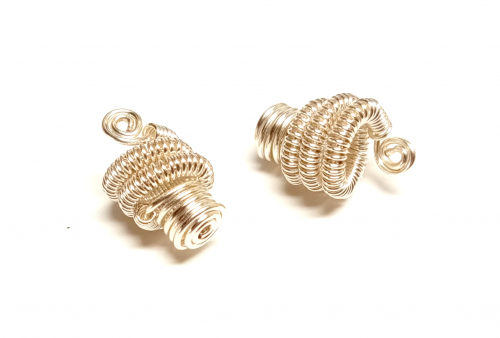
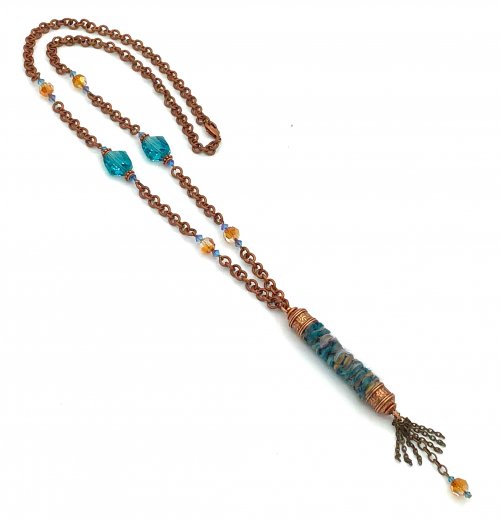
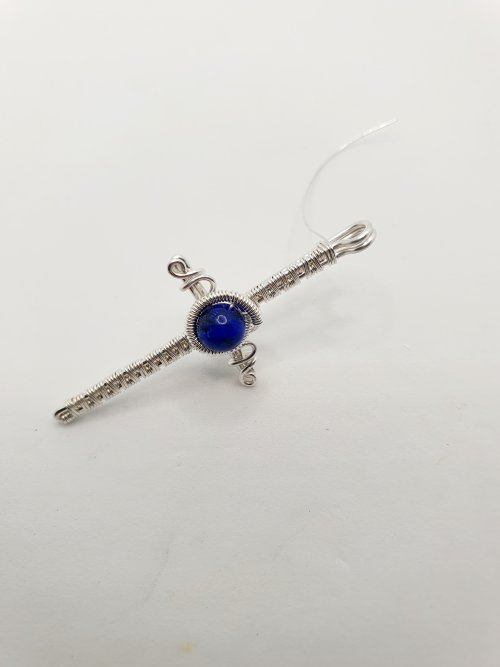

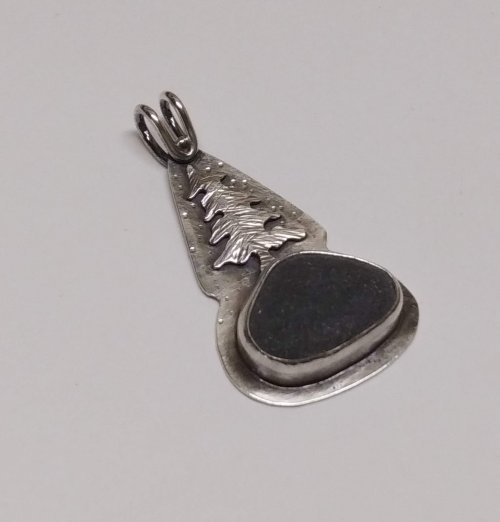
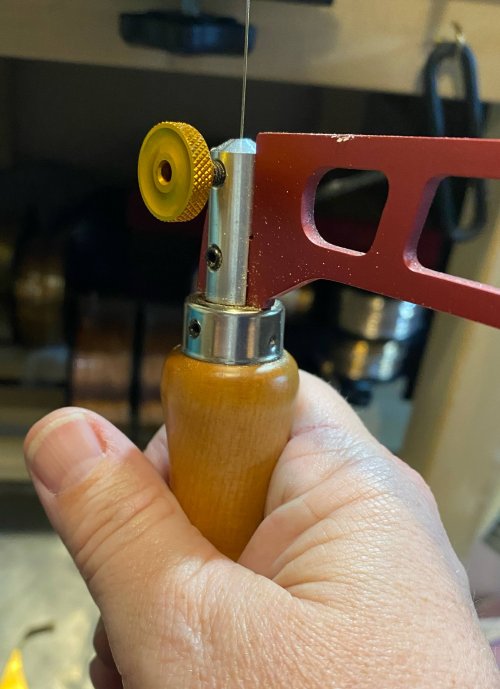
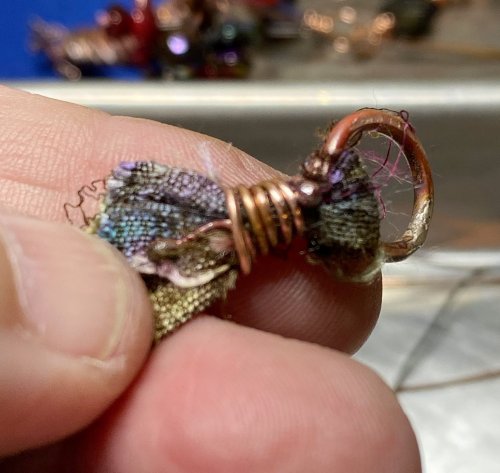

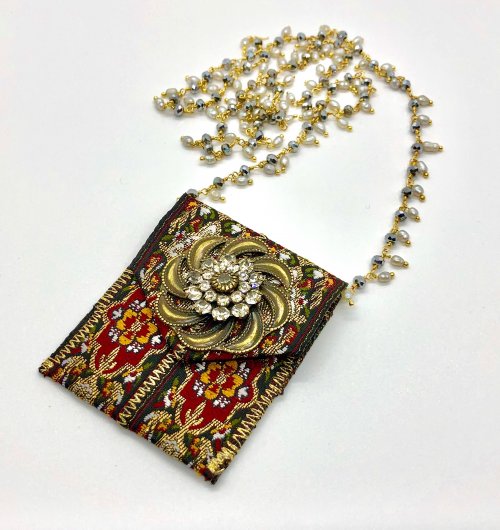

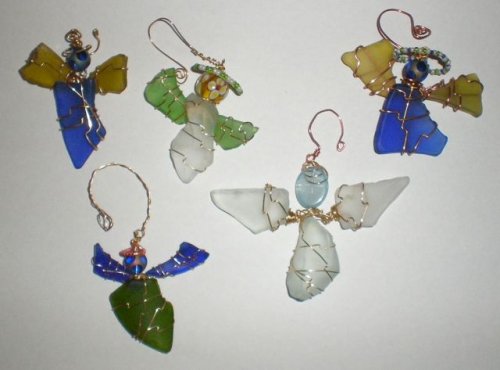
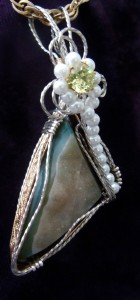
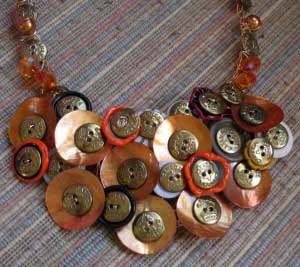
 Build A Tool Rack
Build A Tool Rack
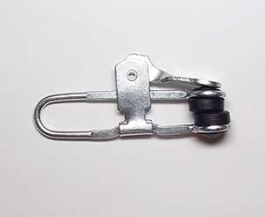 Clamps for Jewelry Making
Clamps for Jewelry Making
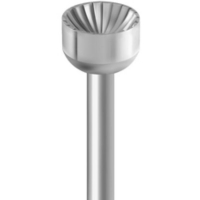 Finishing Wire Ends
Finishing Wire Ends
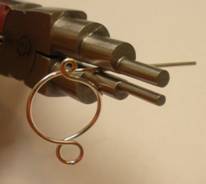 Handmade Closures
Handmade Closures
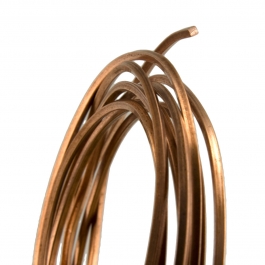 Removing Tarnish From Your Jewelry
Removing Tarnish From Your Jewelry
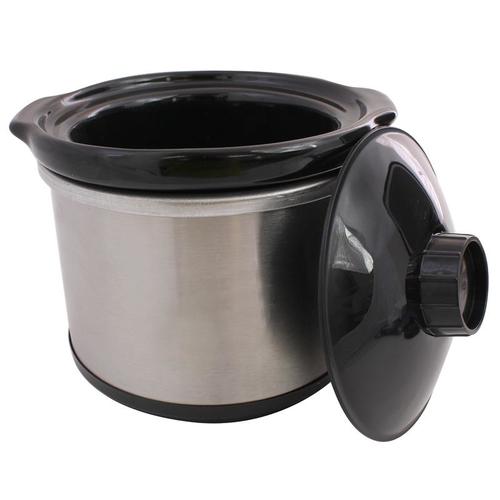 Homemade Pickle
Homemade Pickle
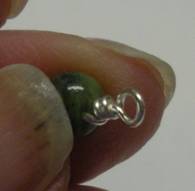 Wire Wrapped Loops
Wire Wrapped Loops
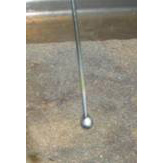 How to Make Balled Head Pins
How to Make Balled Head Pins
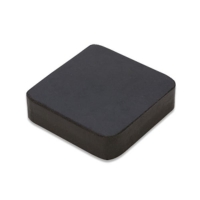 Lessen the Noise - Save Your Eardrums
Lessen the Noise - Save Your Eardrums
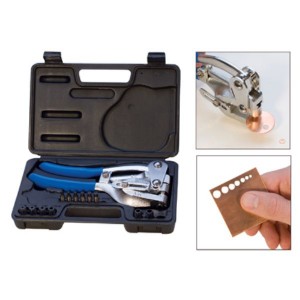 Make a Rivet and Eyelet Tile
Make a Rivet and Eyelet Tile
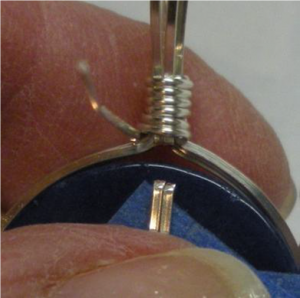 Two Tips for Making Pendant Bails with Craft Wire
Two Tips for Making Pendant Bails with Craft Wire
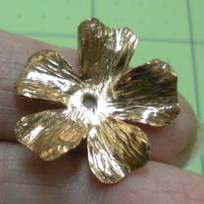 Petal Forming on a Wood Block
Petal Forming on a Wood Block
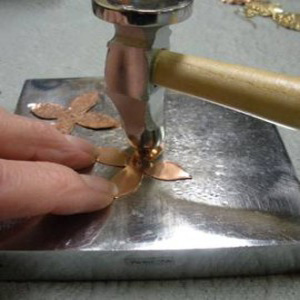 Save Your Fingers while Texturing
Save Your Fingers while Texturing
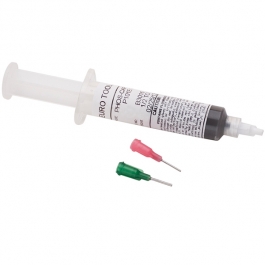 Soldering on Copper
Soldering on Copper
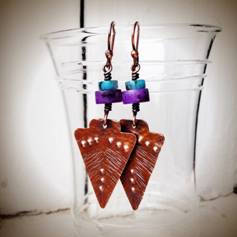 Sticker Templates
Sticker Templates
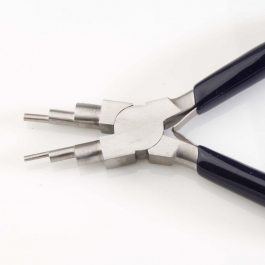 Using 6 Step Barrel Pliers
Using 6 Step Barrel Pliers
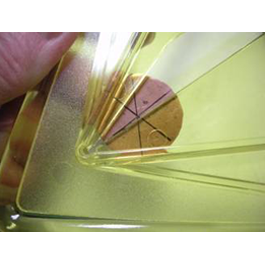 Using a Center Finder
Using a Center Finder
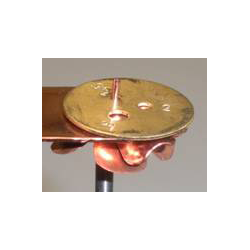 Using a Tile to Cut Rivets
Using a Tile to Cut Rivets
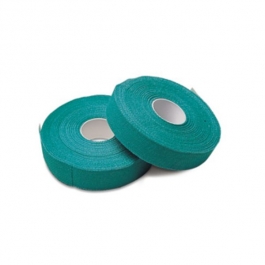 Using Household Super Glue on Minor Cuts, Nicks and Scrapes
Using Household Super Glue on Minor Cuts, Nicks and Scrapes
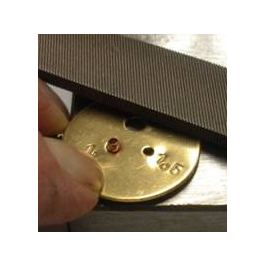 Using Tiles on Tube Rivets and Eyelets
Using Tiles on Tube Rivets and Eyelets
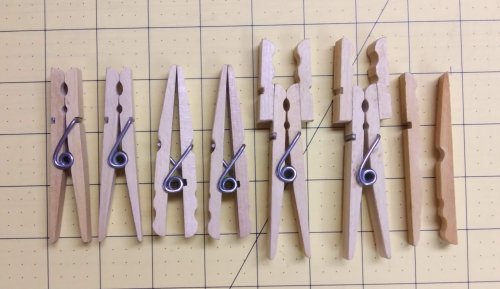 Clothespin Tools
Clothespin Tools
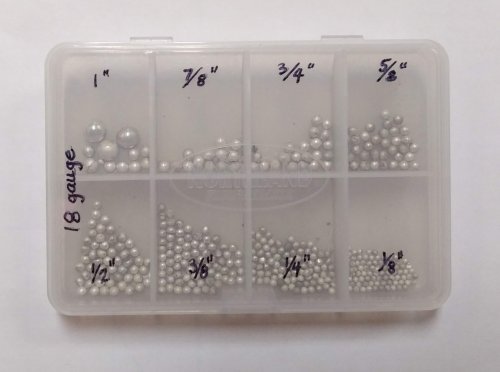 Making Decorative Granulation Beads
Making Decorative Granulation Beads
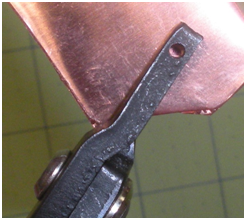 Using Your Hole Punch Pliers
Using Your Hole Punch Pliers
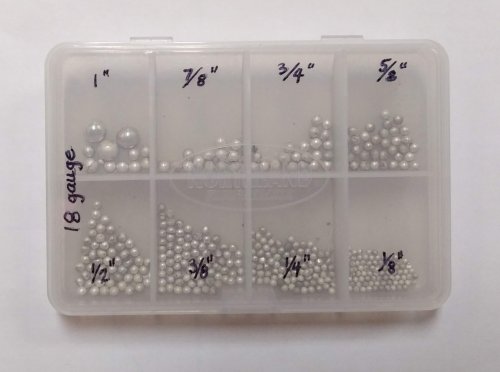 Decorative Granulation and Beads
Decorative Granulation and Beads
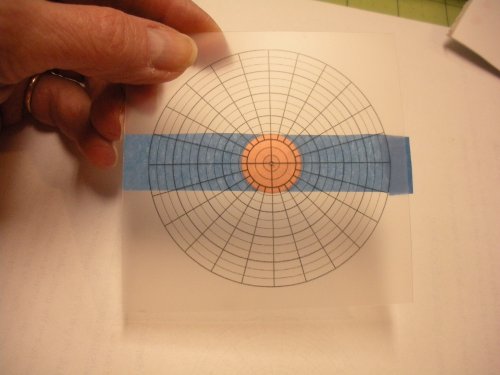 How to Find and Mark the Center of a Disc.
How to Find and Mark the Center of a Disc.
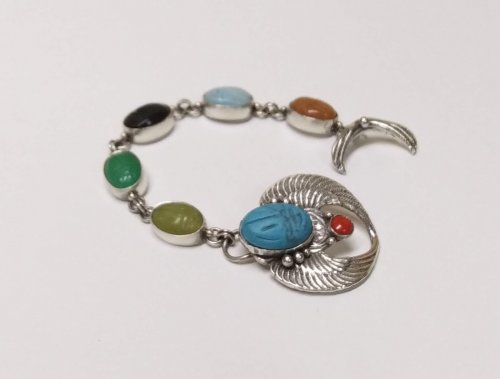 Choosing the Right Clasp
Choosing the Right Clasp
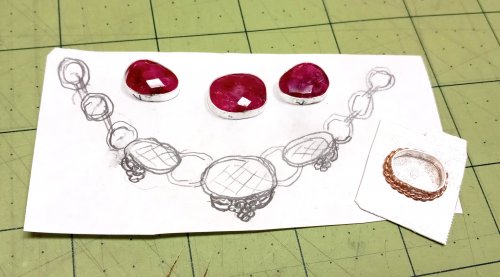 Chunky Chain Inspiration
Chunky Chain Inspiration
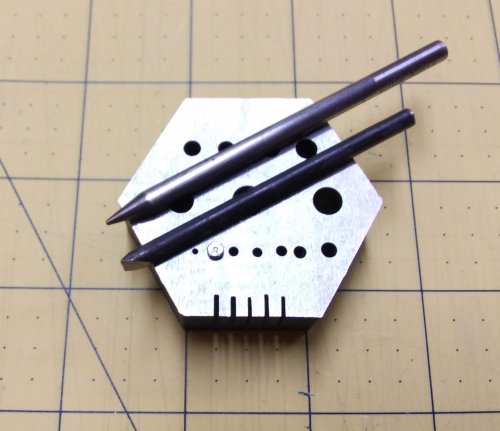 Tool Tip - Steampunk or Industrial Rivets
Tool Tip - Steampunk or Industrial Rivets
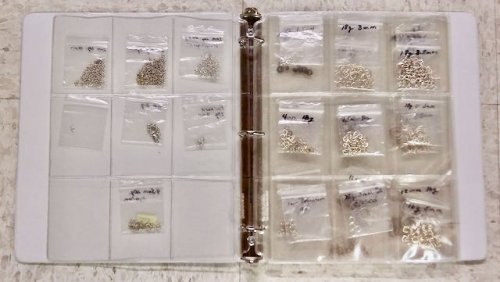 Storing Jump Rings
Storing Jump Rings
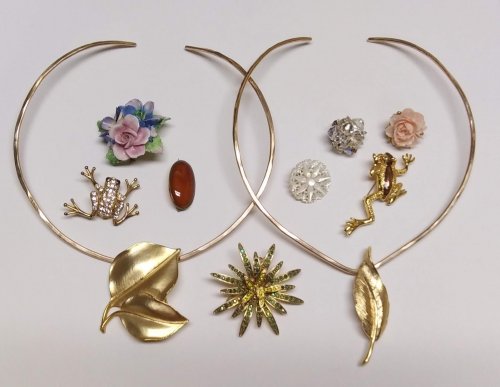 Wear Your Brooches on a Neckwire
Wear Your Brooches on a Neckwire
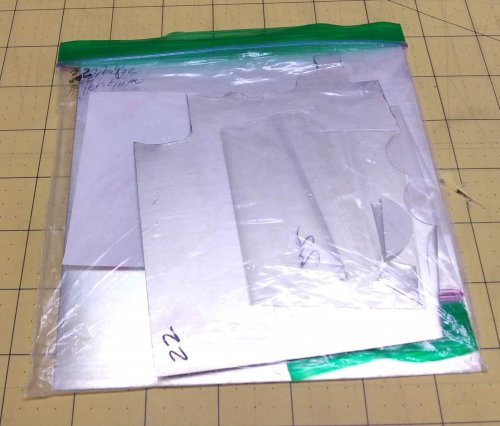 Storing Your Metal
Storing Your Metal
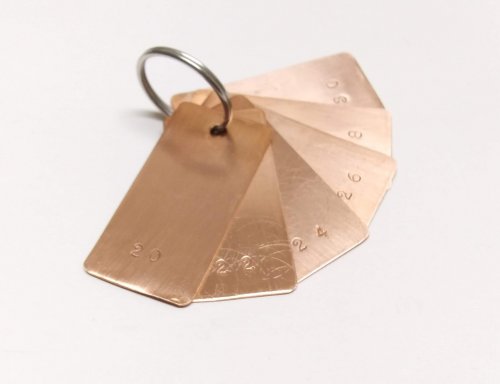 Using Disc Cutter Shims
Using Disc Cutter Shims
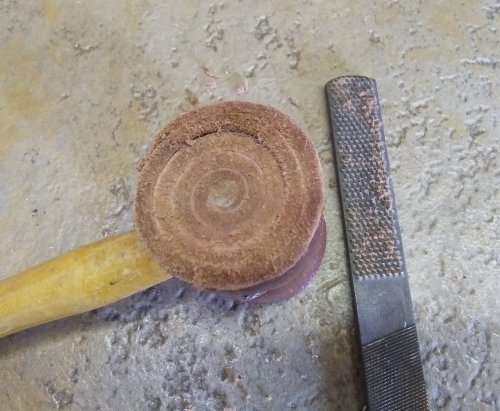 Conditioning a Rawhide Mallet
Conditioning a Rawhide Mallet
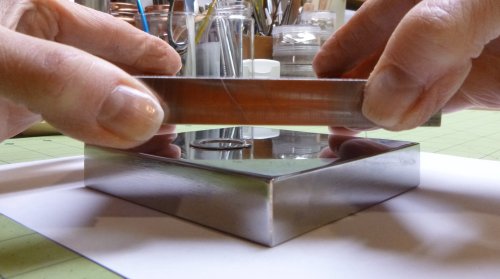 Flattening Metal Pieces
Flattening Metal Pieces
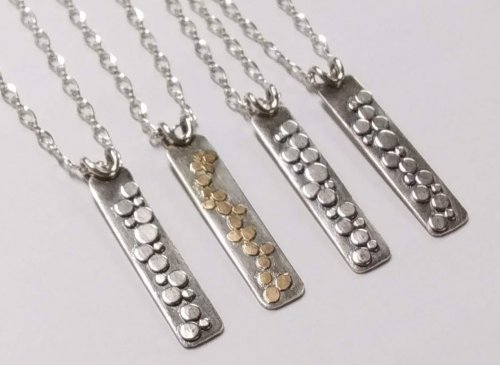 Quenching
Quenching
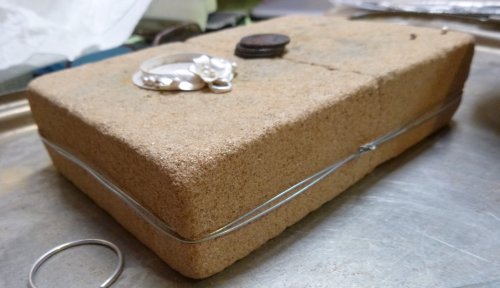 Saving a Broken Solder Brick
Saving a Broken Solder Brick
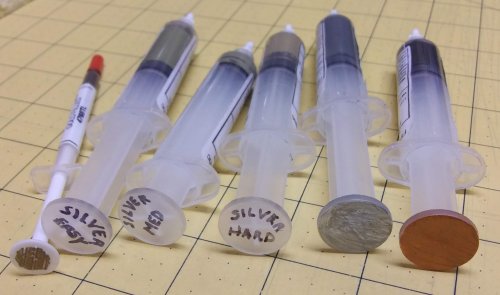 Why I Use Solder Paste
Why I Use Solder Paste
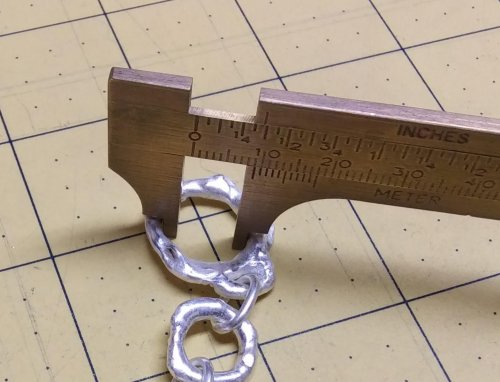 Designing a Toggle Clasp That Works
Designing a Toggle Clasp That Works
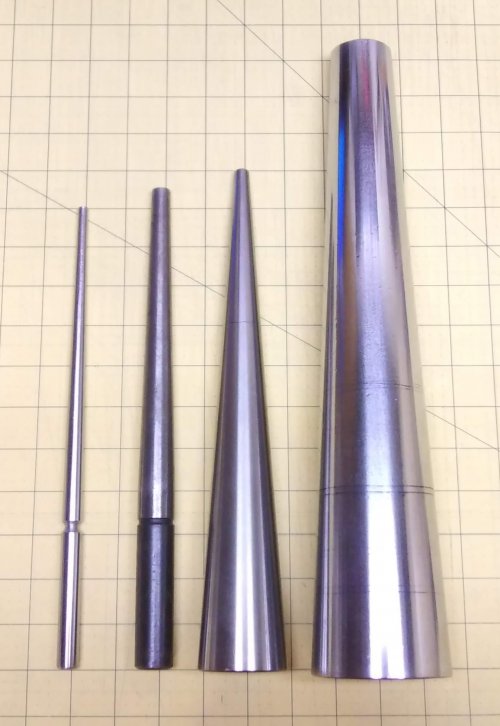 Round Mandrels
Round Mandrels
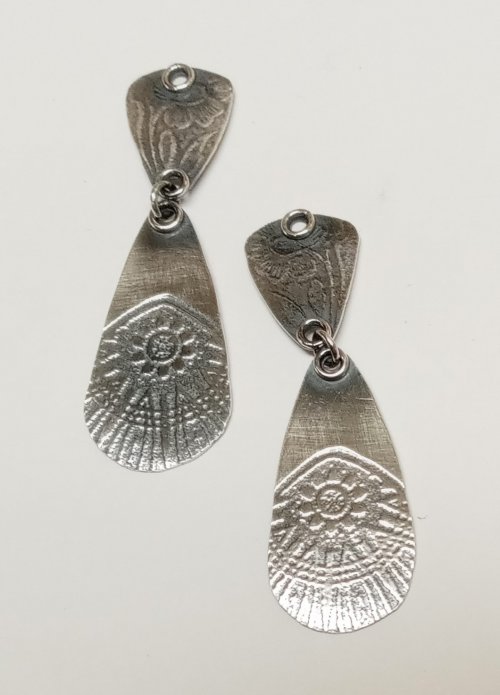 Get the Look of Eyelets
Get the Look of Eyelets
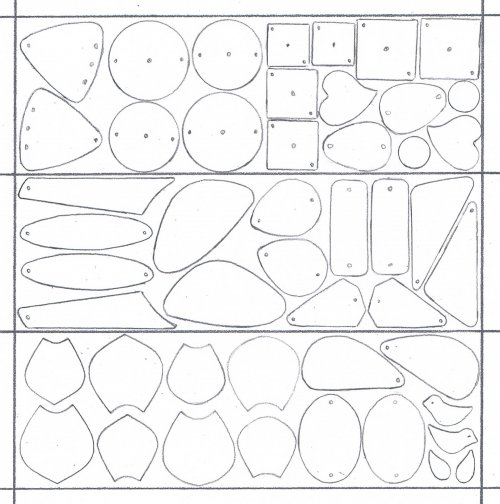 Earring Pairs Template
Earring Pairs Template
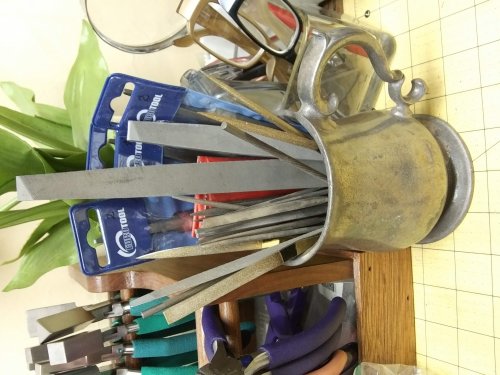 Storing and Caring for Files
Storing and Caring for Files
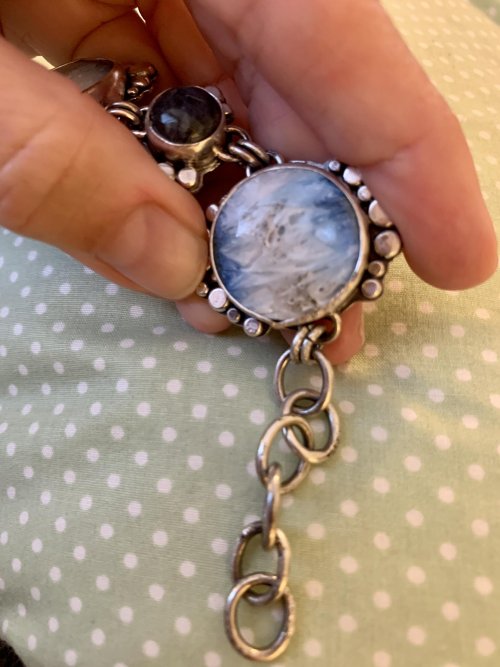 Open or Closed Jump RIngs on Bracelets and Necklaces
Open or Closed Jump RIngs on Bracelets and Necklaces
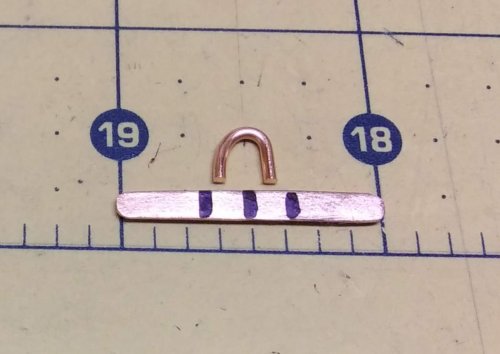 Versatile Permanent Markers
Versatile Permanent Markers
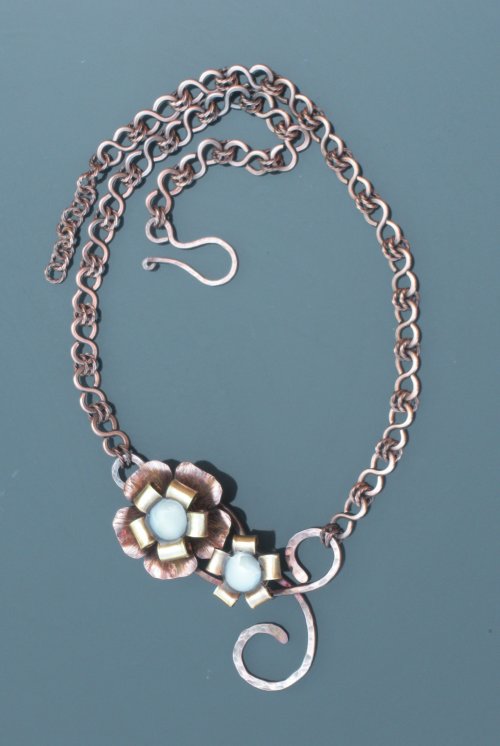 You Used What
You Used What
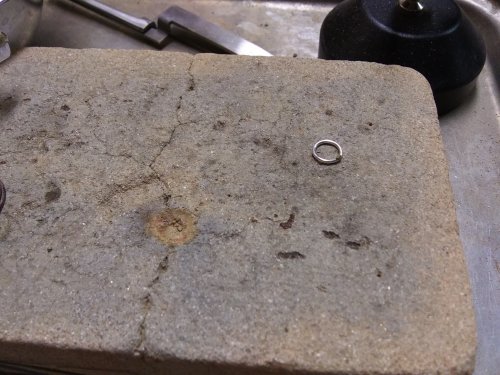 Rescuing a Very Used Magnesia Soldering Block
Rescuing a Very Used Magnesia Soldering Block
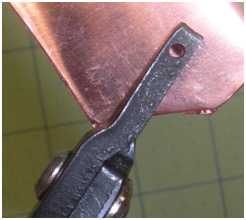 Using Hole Punch Pliers
Using Hole Punch Pliers
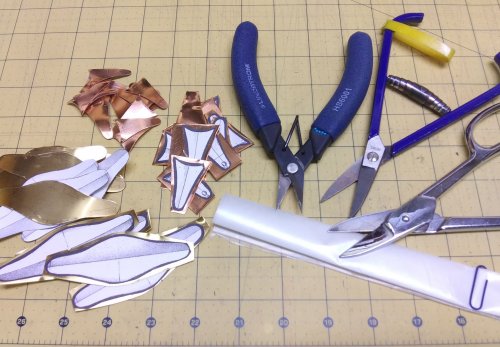 Metal Shears Care
Metal Shears Care
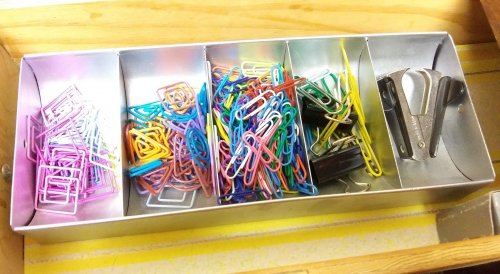 Paperclip Earrings
Paperclip Earrings
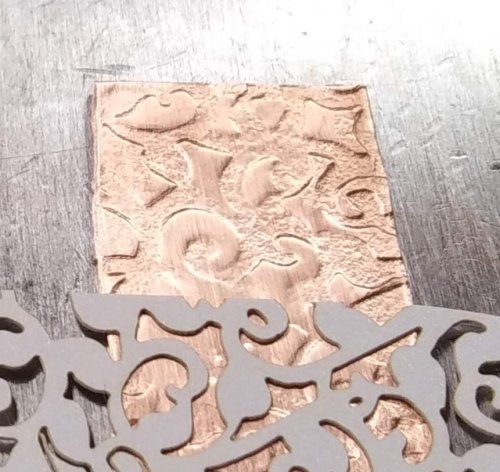 Think Outside the Box - Alternative Metal Texturing
Think Outside the Box - Alternative Metal Texturing
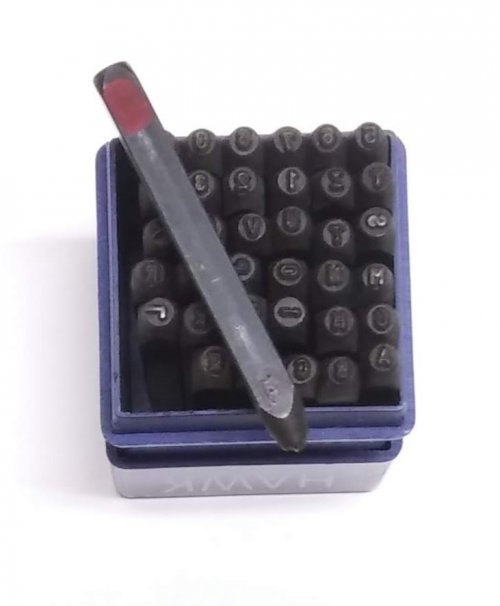 Make Stamping Metal a Bit Easier
Make Stamping Metal a Bit Easier
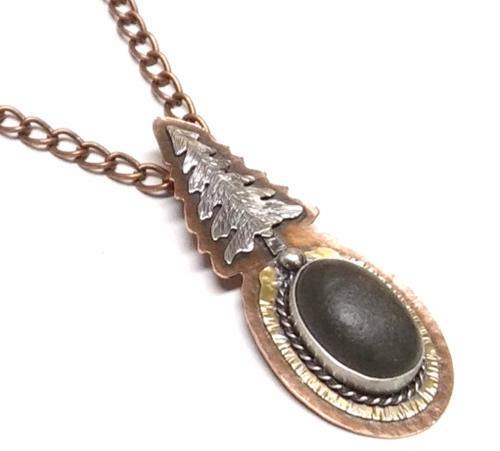 Stone Bezel Setting Tips
Stone Bezel Setting Tips
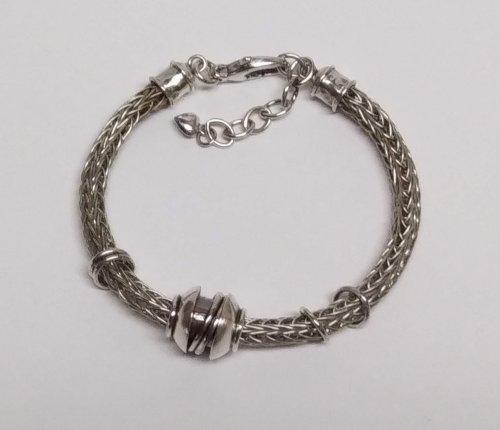 Viking Knit Tips
Viking Knit Tips
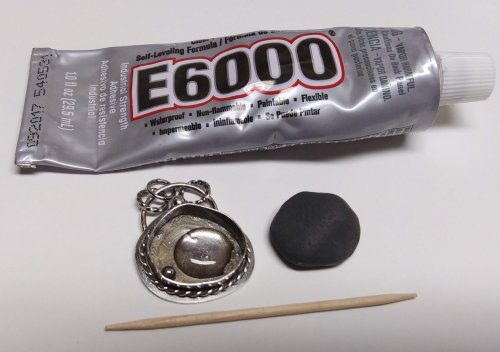 Using Glue Under Cabochons
Using Glue Under Cabochons
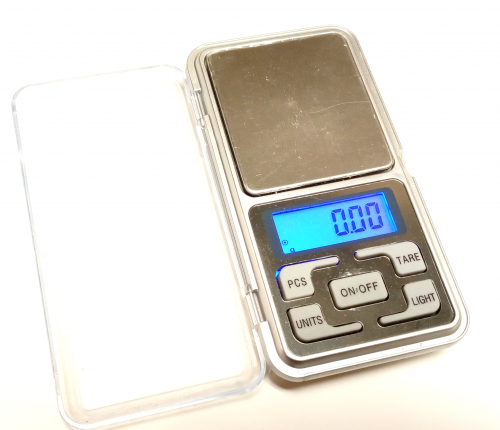 Tool Tip - Digital Pocket Scale
Tool Tip - Digital Pocket Scale
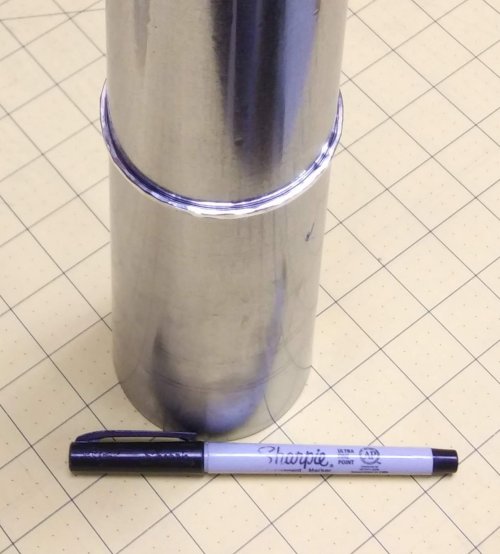 Repeat Performance
Repeat Performance
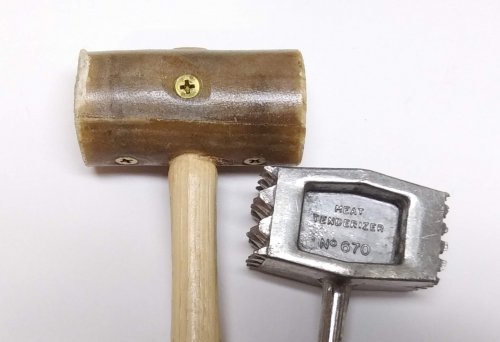 Another Way to Condition a Rawhide Mallet
Another Way to Condition a Rawhide Mallet
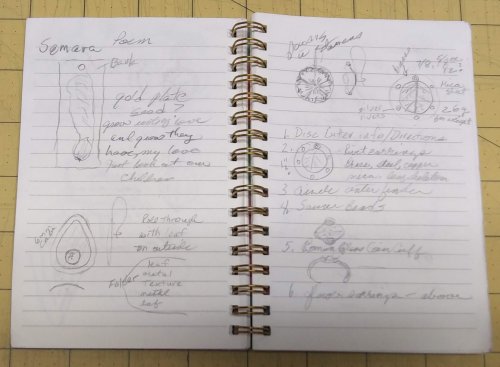 Carry a Sketch Pad
Carry a Sketch Pad
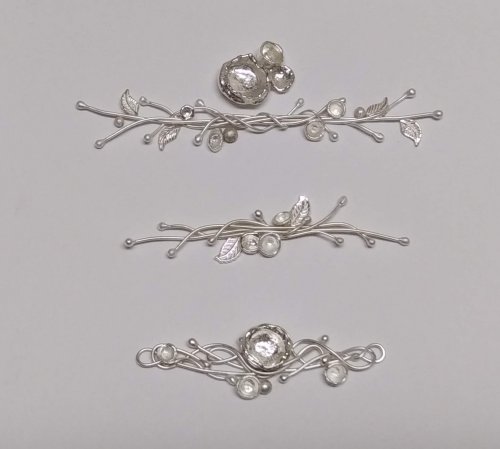 Why You Should Take a Class
Why You Should Take a Class
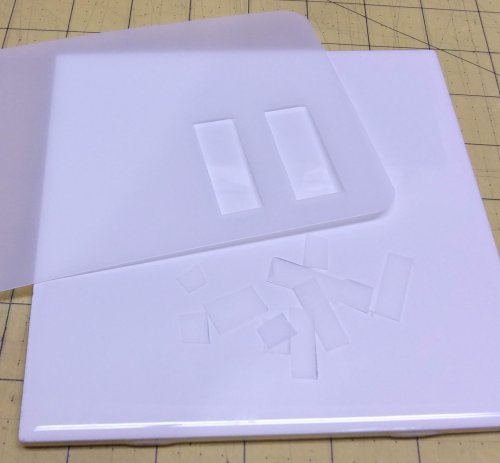 Jewelry Making Templates
Jewelry Making Templates
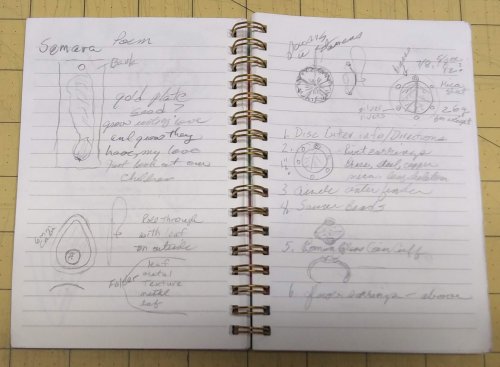 Carry a Sketch Pad
Carry a Sketch Pad
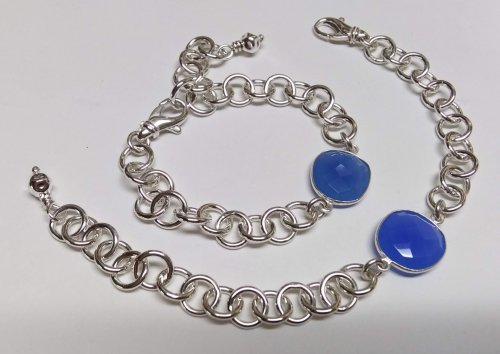 Keeping Your Bracelet Focals in Place
Keeping Your Bracelet Focals in Place
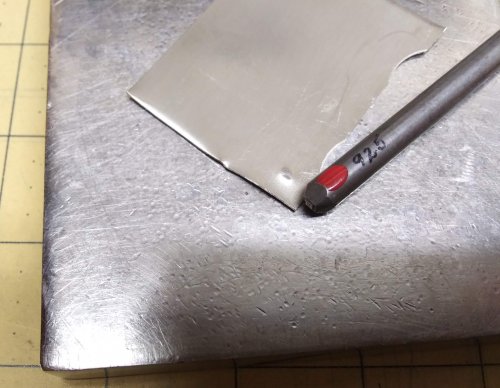 Metal Content Stamping
Metal Content Stamping
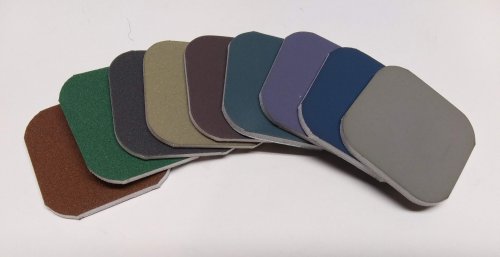 Using Sanding Sponges and Papers
Using Sanding Sponges and Papers
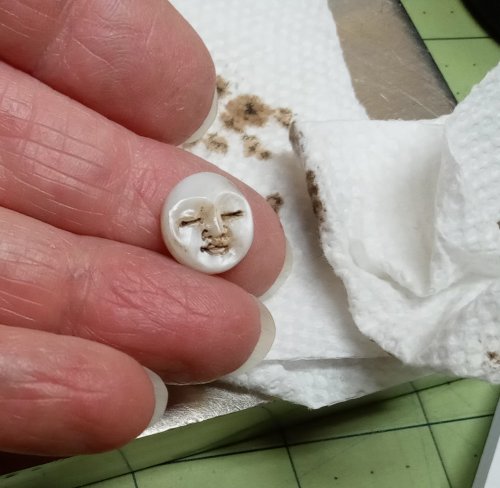 Adding Depth to Carved Beads and Cabochons
Adding Depth to Carved Beads and Cabochons
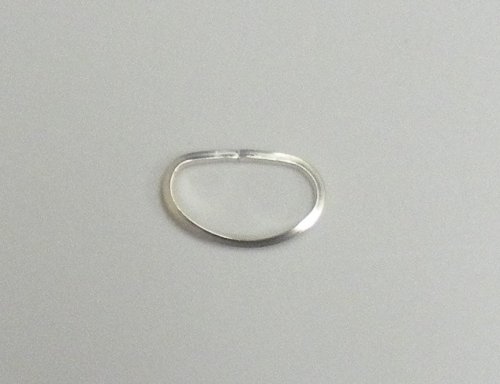 Closing Rings Tightly for Soldering
Closing Rings Tightly for Soldering
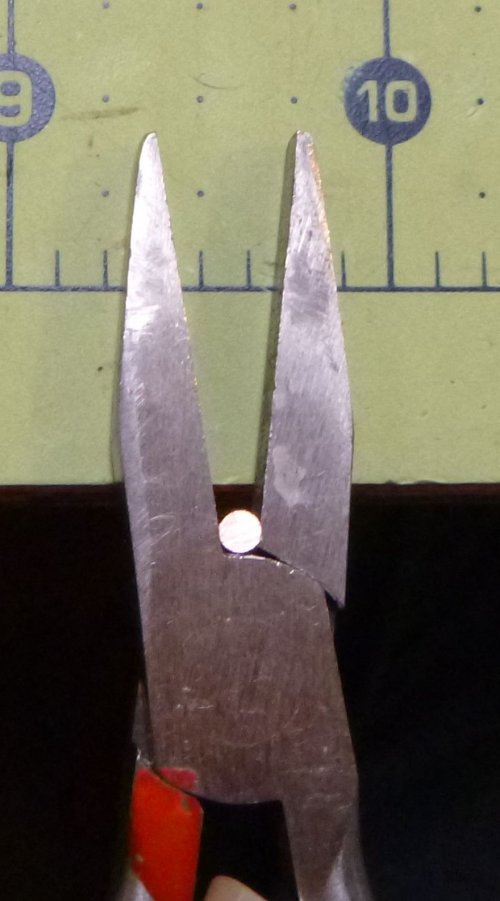 Squaring Wire Ends
Squaring Wire Ends
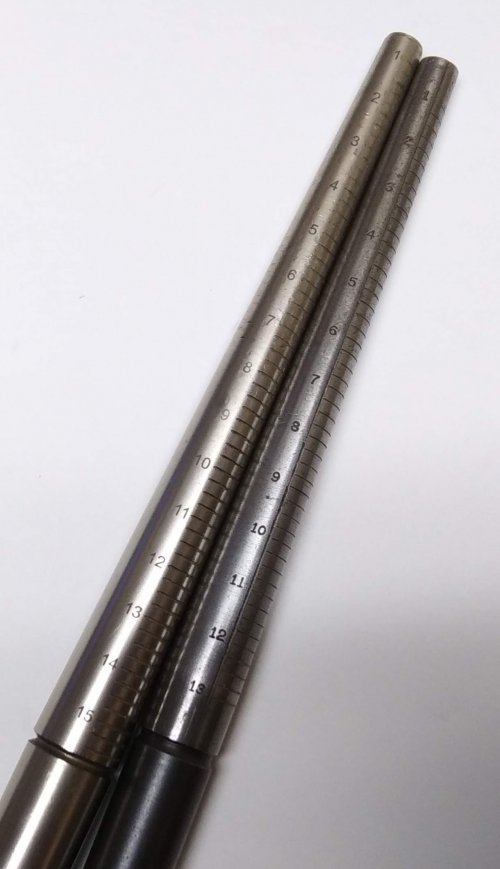 Ring Mandrels
Ring Mandrels
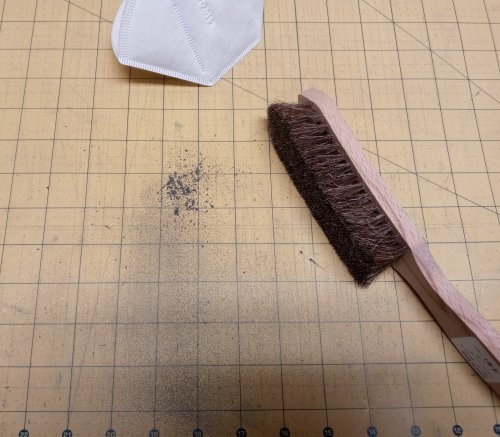 Tool Tip - Bench Brushes
Tool Tip - Bench Brushes
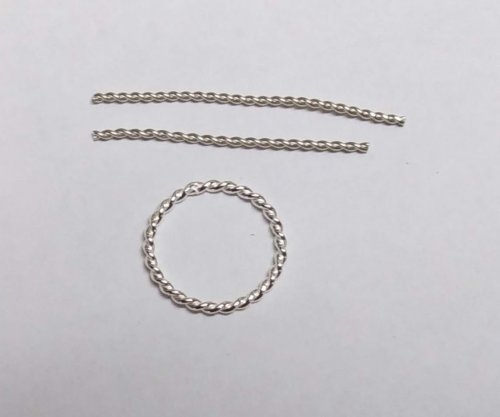 Scrap Wire Twisted Rings
Scrap Wire Twisted Rings
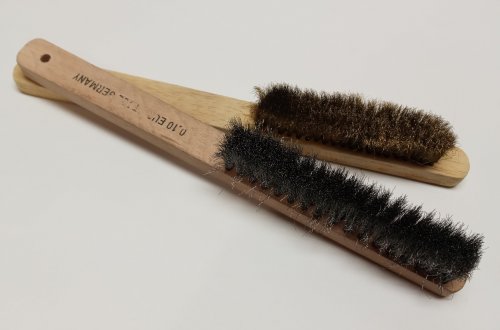 Tool Tip - Soft Bristle Metal Brushes
Tool Tip - Soft Bristle Metal Brushes
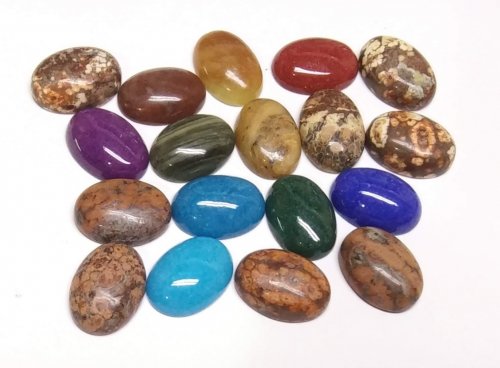 Project Multiples - Calibrated Cabochons
Project Multiples - Calibrated Cabochons
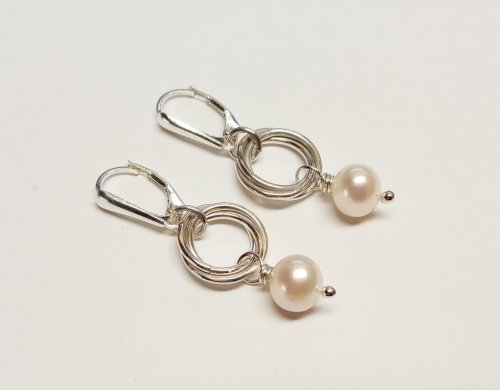 Mobius Pearl Drop Earrings
Mobius Pearl Drop Earrings
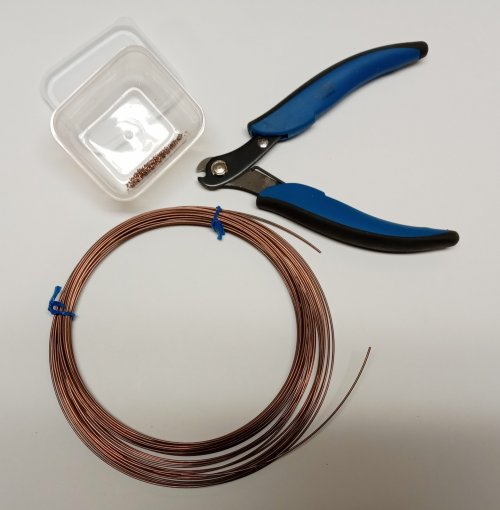 Copper Wire Solder
Copper Wire Solder
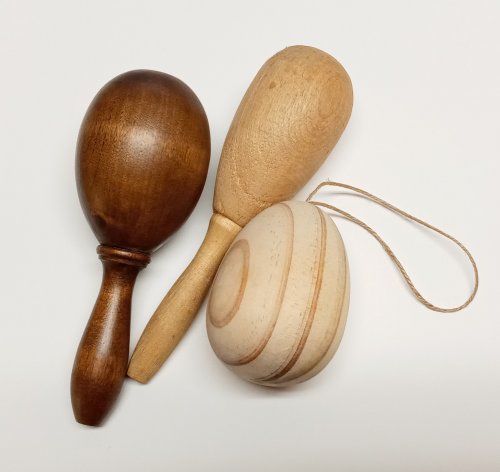 Large Dapping Punches and Alternatives
Large Dapping Punches and Alternatives
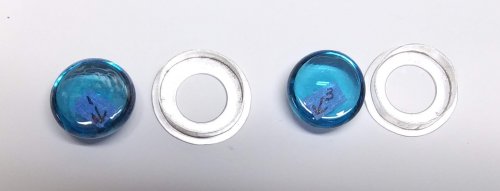 Project Multiples - Glass Pebble Cabs
Project Multiples - Glass Pebble Cabs
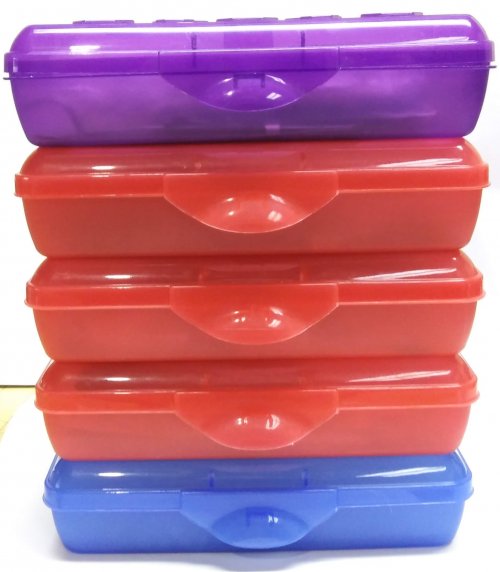 Project Storage
Project Storage
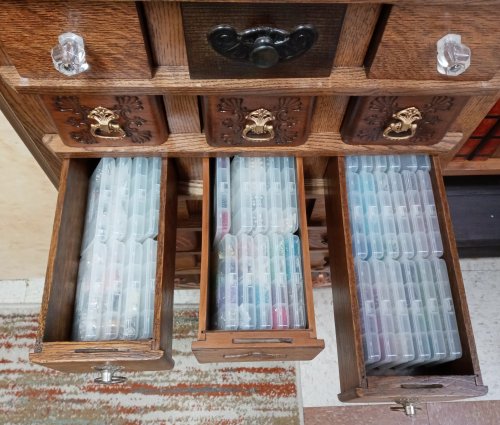 Tiny Bead and Findings Storage
Tiny Bead and Findings Storage
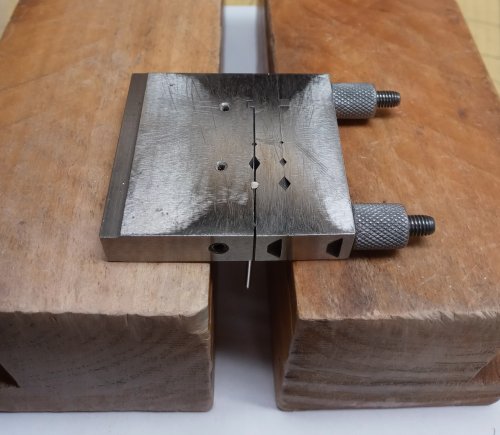 Working Smart
Working Smart
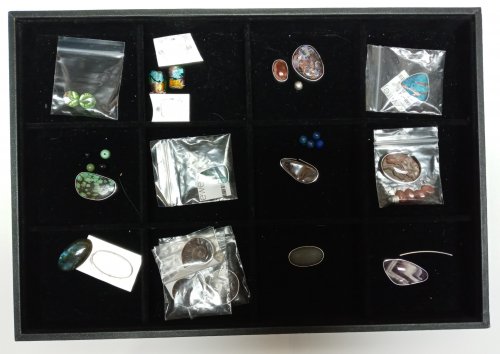 Display Trays as Storage
Display Trays as Storage
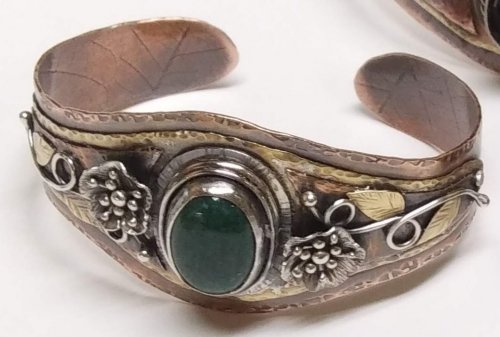 Making TIny Leaves
Making TIny Leaves
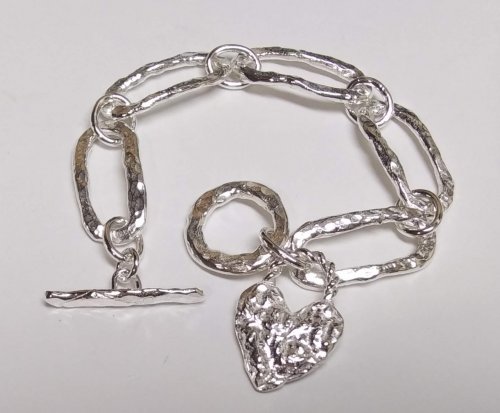 Adapting a Tutorial
Adapting a Tutorial
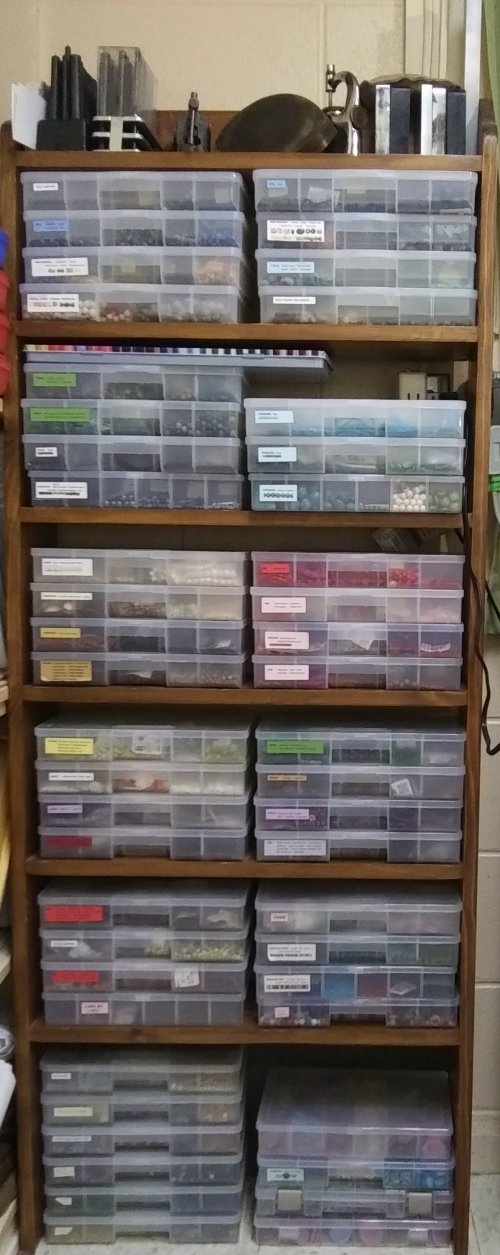 Build Better Bead Storage
Build Better Bead Storage
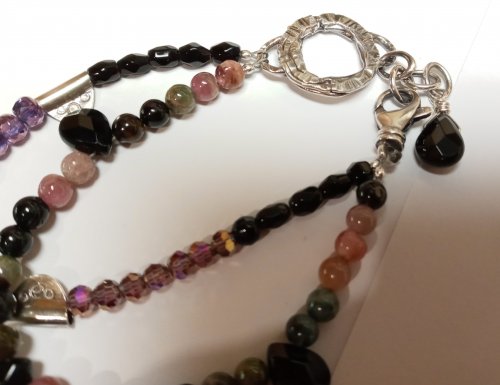 Using Magical Crimping Pliers
Using Magical Crimping Pliers
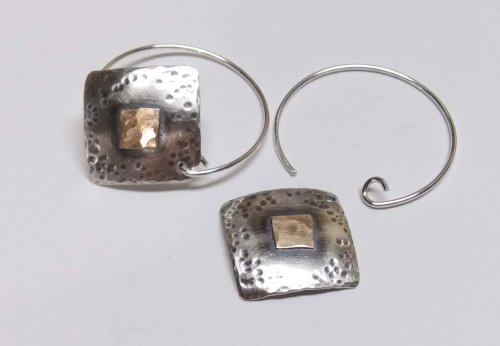 Add a Touch of Gold
Add a Touch of Gold
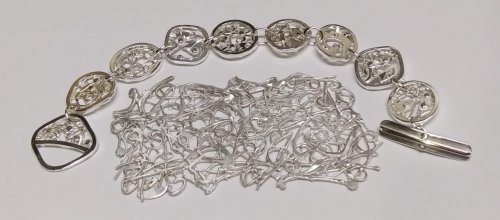 Make a Lacy Argentium Scrap Metal Sheet
Make a Lacy Argentium Scrap Metal Sheet
 Birch Bark Texture
Birch Bark Texture
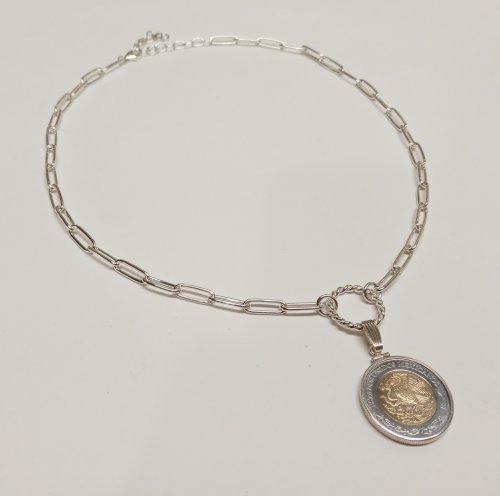 Versatile Snap-on Bails
Versatile Snap-on Bails
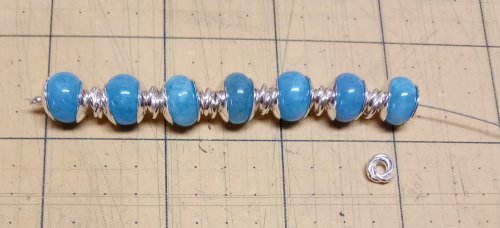 Bead Cap Primer
Bead Cap Primer
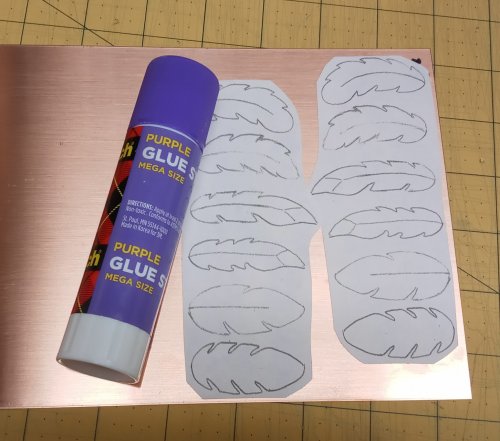 Using Glue Sticks with Printed Templates
Using Glue Sticks with Printed Templates
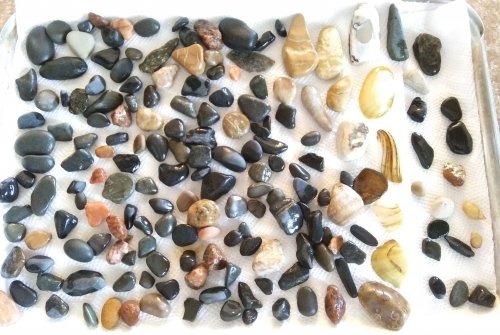 Choosing a Lake or Riverstone
Choosing a Lake or Riverstone
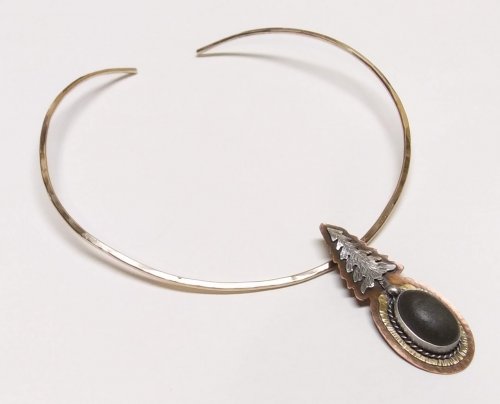 Do a Facebook Collaboration
Do a Facebook Collaboration
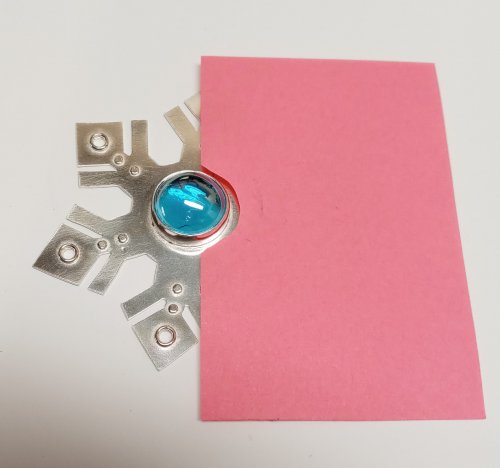 Shielding a Jewelry Piece When Stone Setting
Shielding a Jewelry Piece When Stone Setting
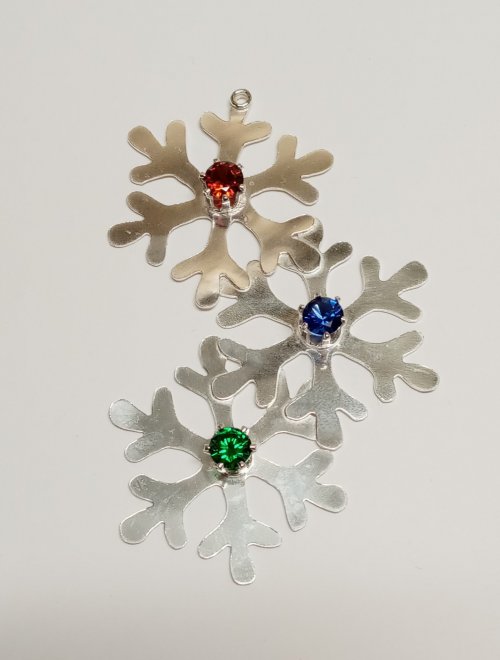 Some Ideas Are Right in Front of You
Some Ideas Are Right in Front of You
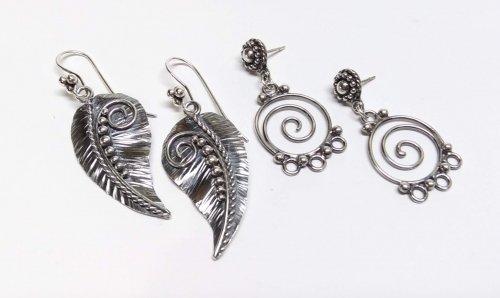 Curving and Scrolling Wire
Curving and Scrolling Wire
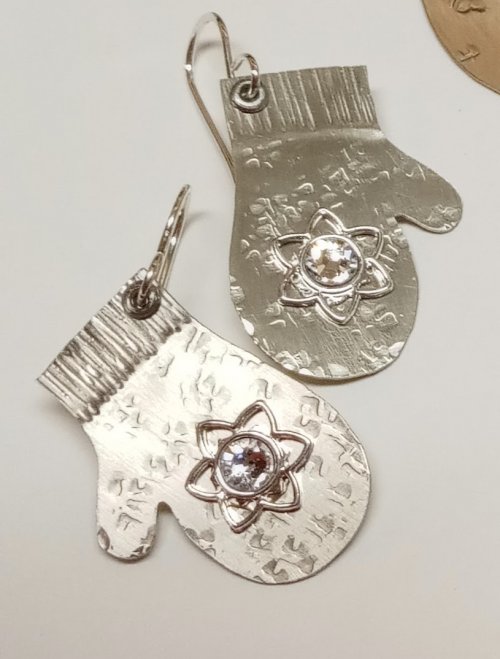 Using Snapsets to Add Sparkle to Your Work
Using Snapsets to Add Sparkle to Your Work
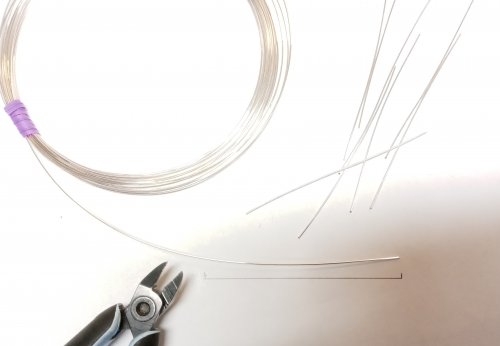 Cutting Wire Multiples of the Same Length
Cutting Wire Multiples of the Same Length
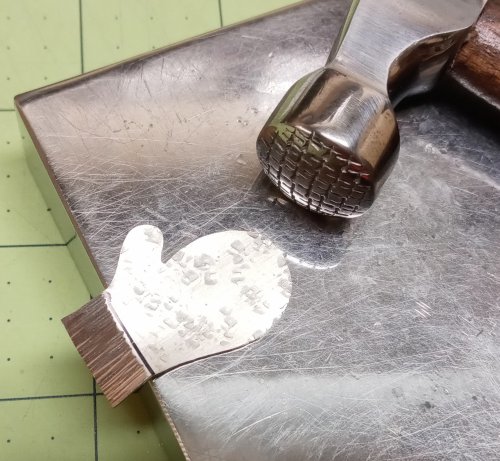 Separating Distinct Textures on a Single Piece of Metal
Separating Distinct Textures on a Single Piece of Metal
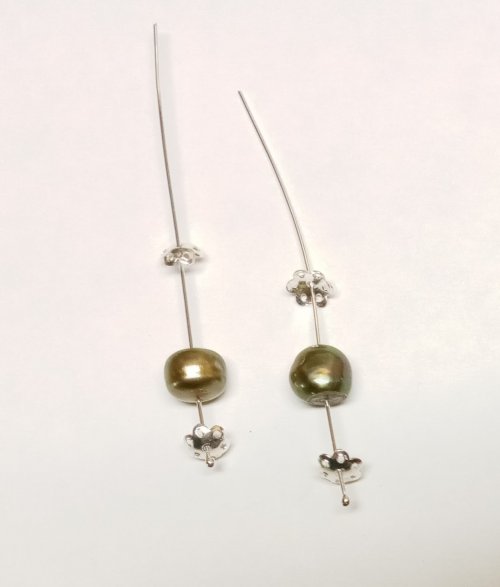 Changing the Size of a Pearl
Changing the Size of a Pearl
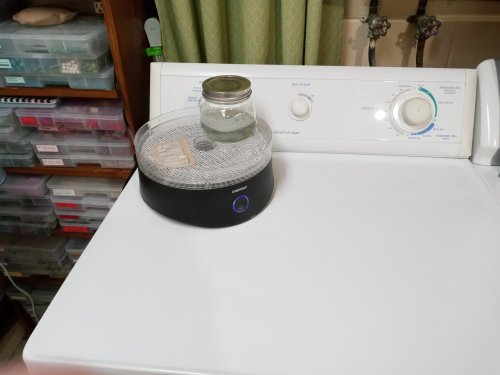 Easy Ring Cleaning
Easy Ring Cleaning
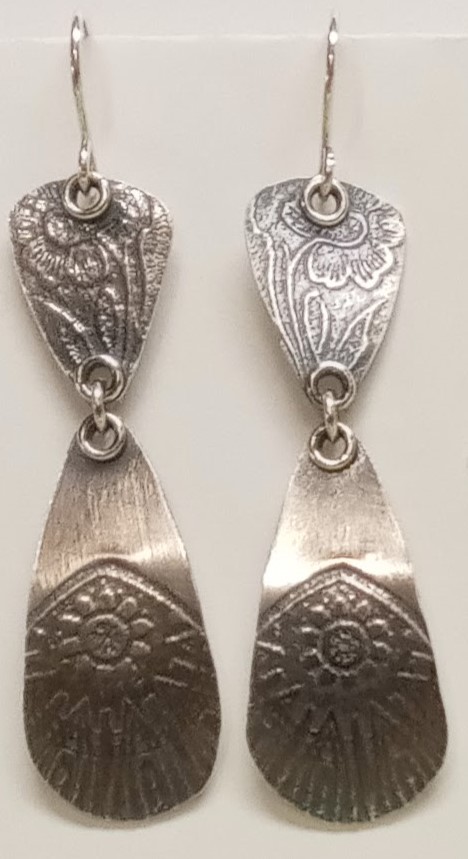 Add a Bit of Dimension
Add a Bit of Dimension
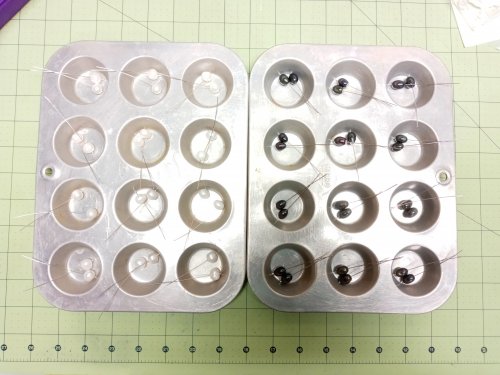 Keeping Projects Separate
Keeping Projects Separate
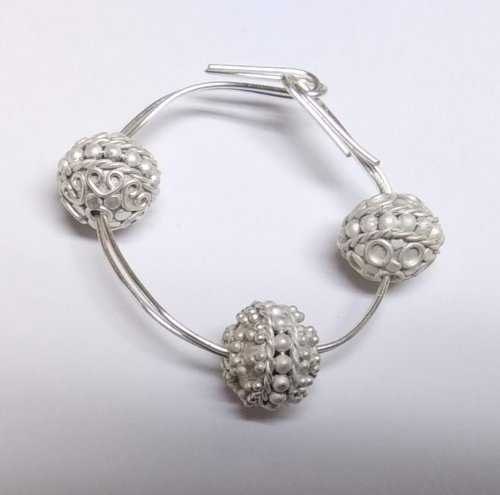 Tumbling and Polishing Metal Beads
Tumbling and Polishing Metal Beads
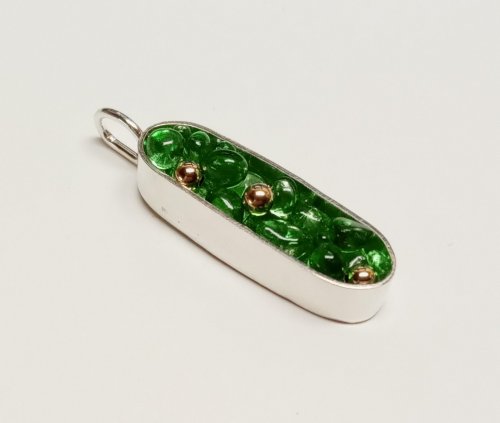 Unexpected Jewels
Unexpected Jewels
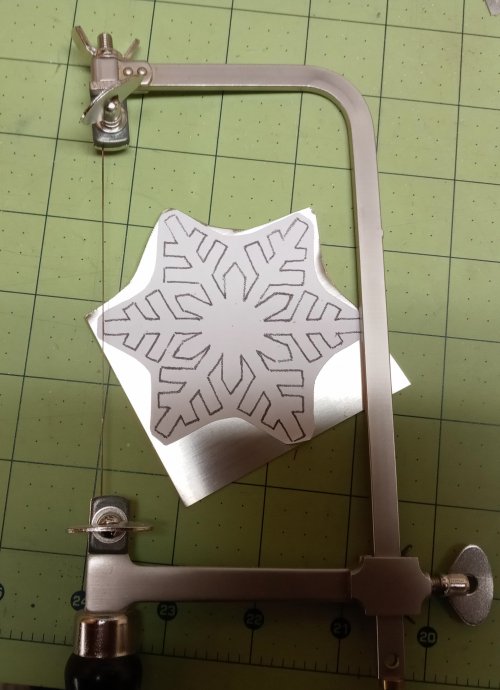 Saws and Turning Radius
Saws and Turning Radius
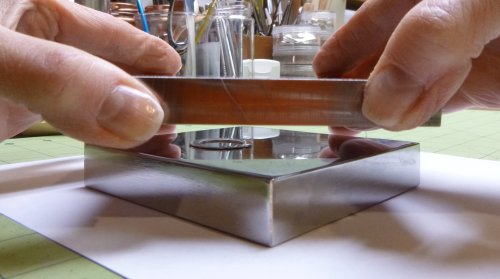 Flattening Metal Pieces
Flattening Metal Pieces
 Mobius Ring Spacers
Mobius Ring Spacers
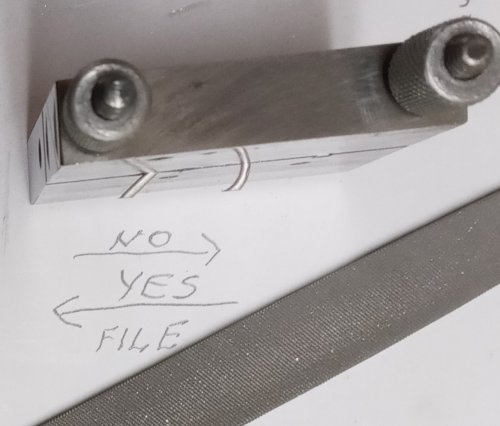 Filing Angled Wires in a Jig
Filing Angled Wires in a Jig
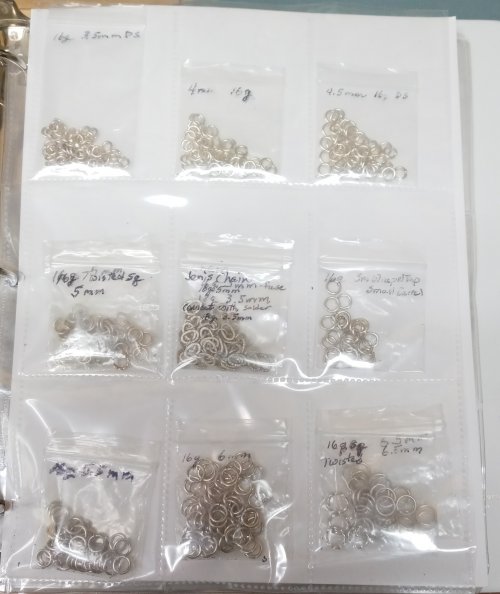 Storing Handmade Elements
Storing Handmade Elements
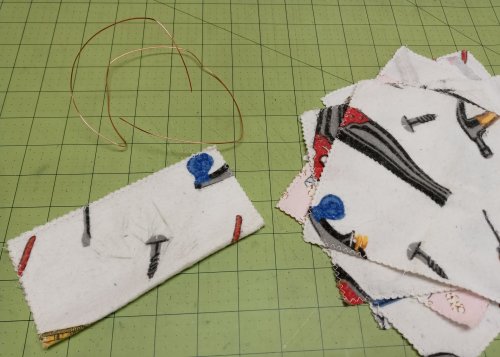 Simple Way to Straighten Wire
Simple Way to Straighten Wire
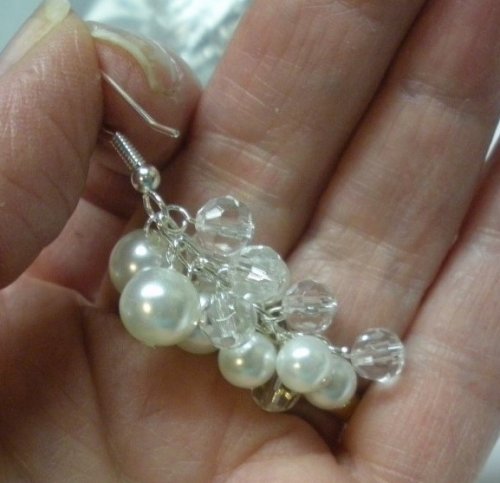 Two Ways to Make Simple Loops
Two Ways to Make Simple Loops
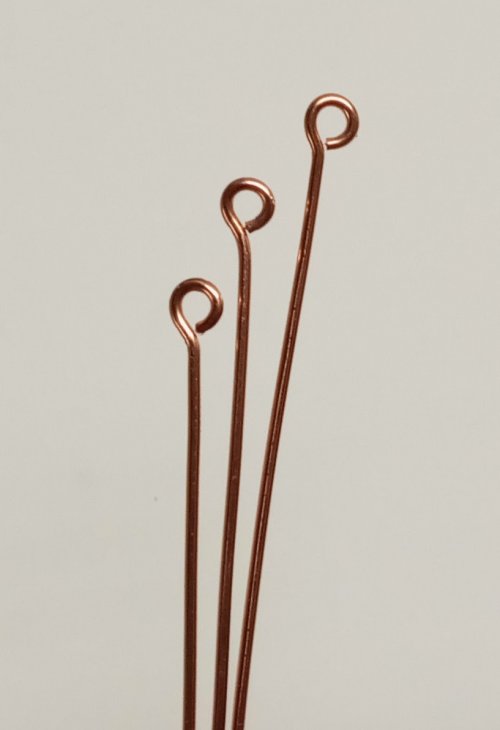 Making Simple Eyepins
Making Simple Eyepins
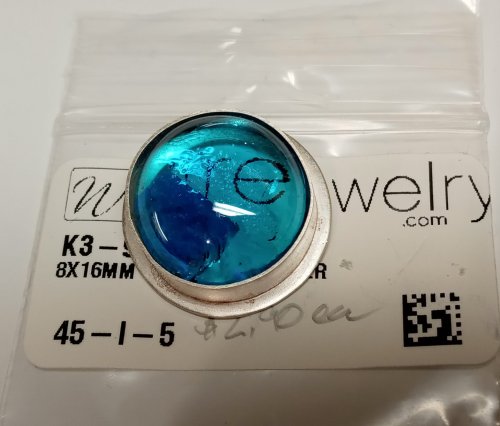 Using Fun Tak as a Resist
Using Fun Tak as a Resist
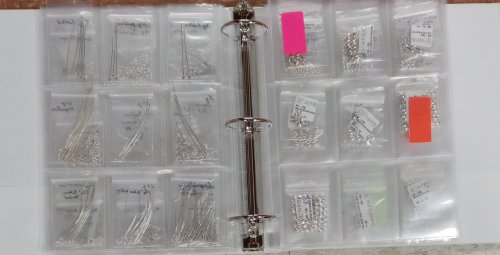 Why Use a Binder to Store Embellishments
Why Use a Binder to Store Embellishments
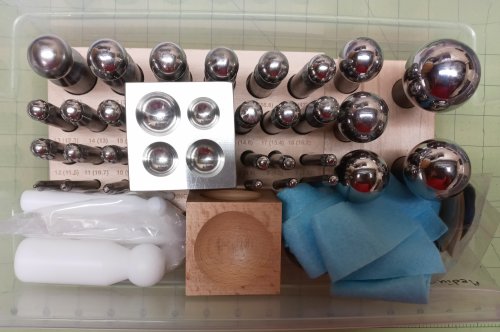 Storing Dapping Blocks and Punches
Storing Dapping Blocks and Punches
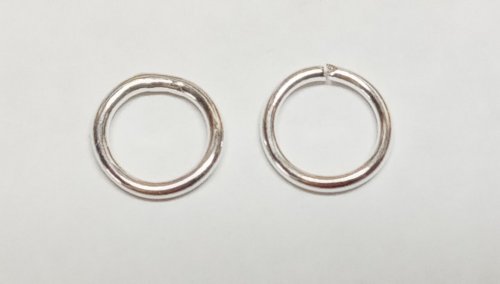 Wire Basics - Opening and Closing Jump Rings
Wire Basics - Opening and Closing Jump Rings
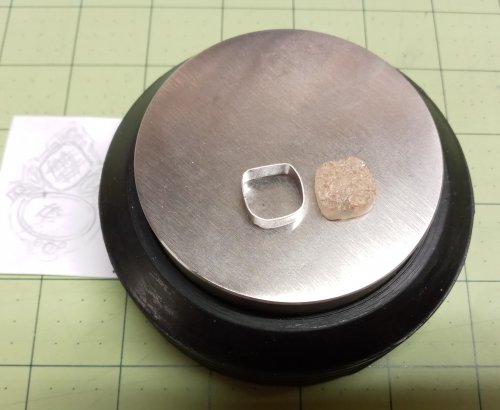 Enlarging a Bezel
Enlarging a Bezel
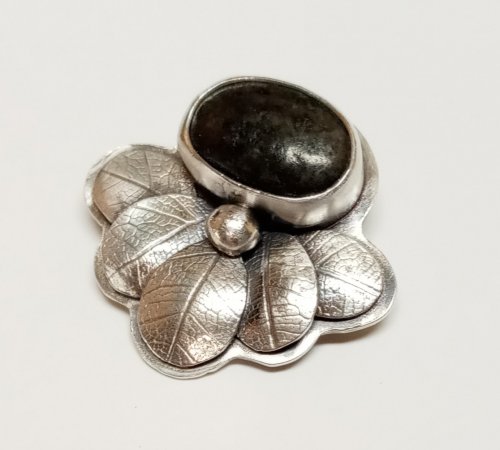 Leaf Inspirations
Leaf Inspirations
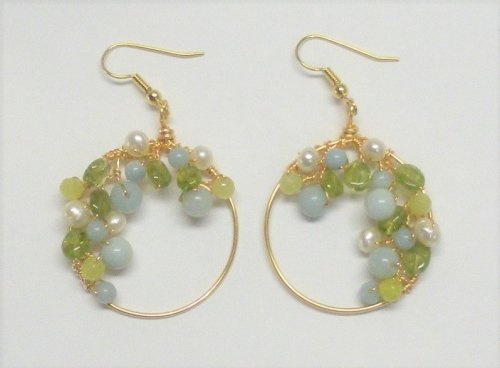 Earring Findings for Different Ages
Earring Findings for Different Ages
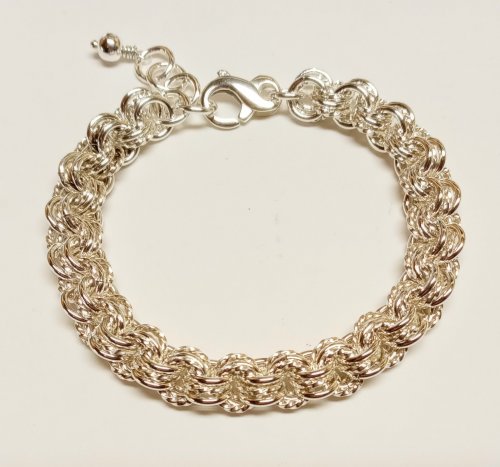 Accidentally Learning Something New
Accidentally Learning Something New
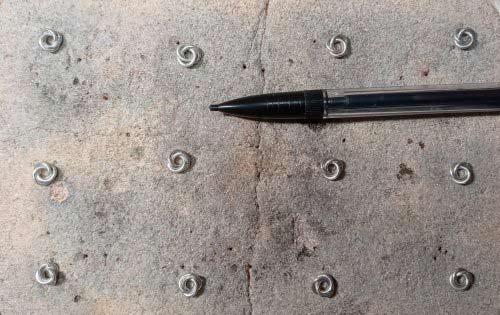 Fusing Jump Rings
Fusing Jump Rings
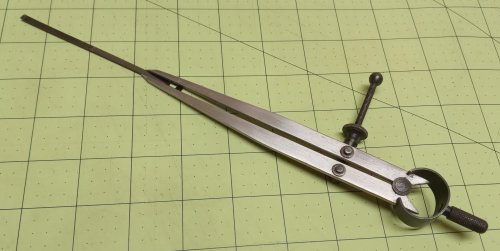 Tool Tip - Divided Caliper Scribe
Tool Tip - Divided Caliper Scribe
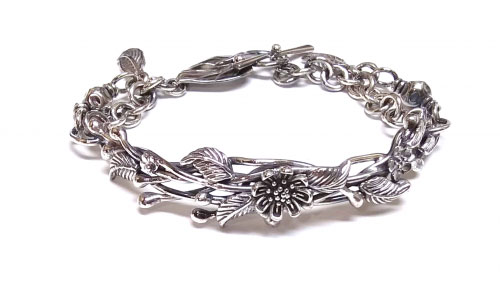 Out of the Mouths of Babes or Fixing a Spinning Bracelet
Out of the Mouths of Babes or Fixing a Spinning Bracelet
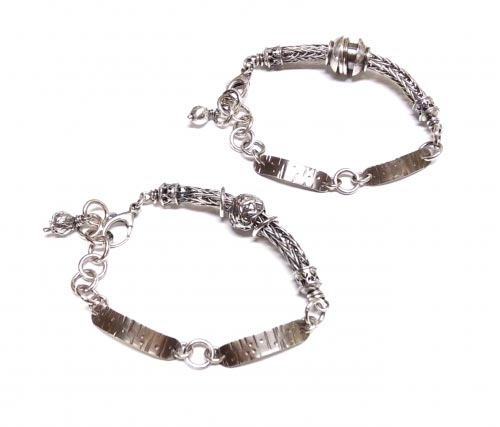 Rethinking a Design
Rethinking a Design
 When Bead Holes are Too Large
When Bead Holes are Too Large
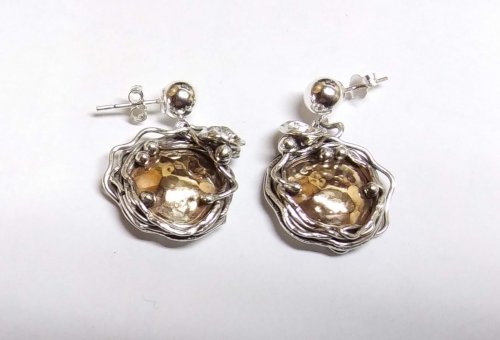 Soldering a Dome to a Backplate
Soldering a Dome to a Backplate
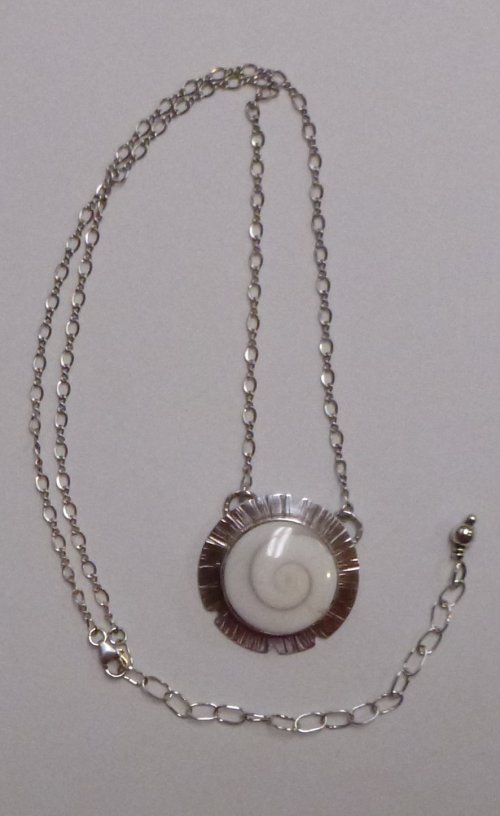 Eye of Shiva AKA Pacific Cat's Eye
Eye of Shiva AKA Pacific Cat's Eye
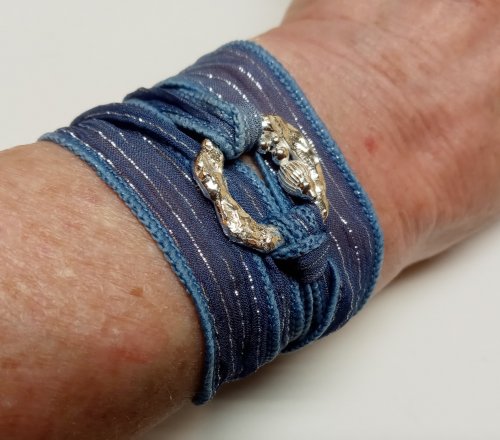 Ribbon Wrapped Bracelet tips
Ribbon Wrapped Bracelet tips
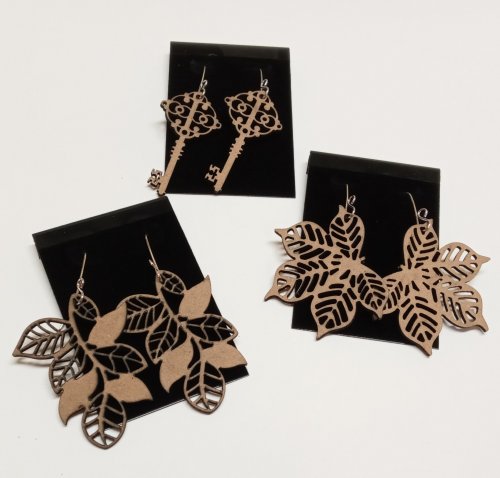 Making Lightweight Earrings with Unexpected Finds
Making Lightweight Earrings with Unexpected Finds
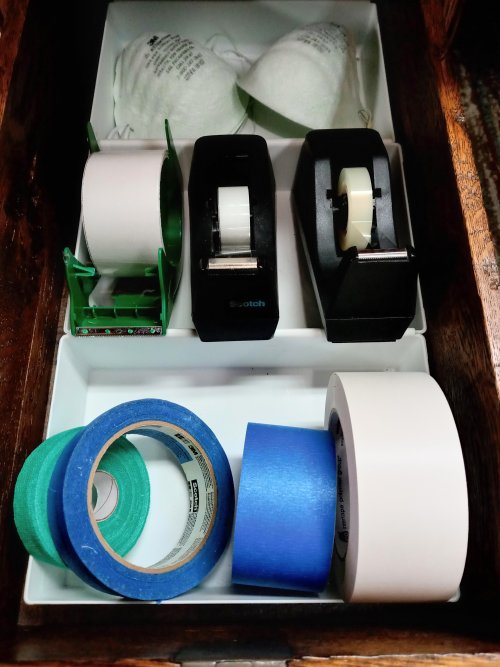 Tool Tip - Indispensable Tapes
Tool Tip - Indispensable Tapes
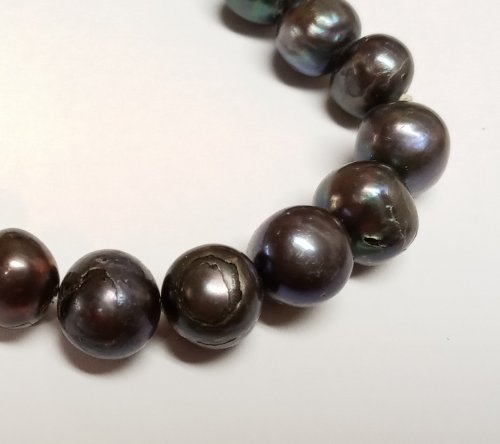 What Happens To Pearls Not Worn, Cleaned, and Stored Properly
What Happens To Pearls Not Worn, Cleaned, and Stored Properly
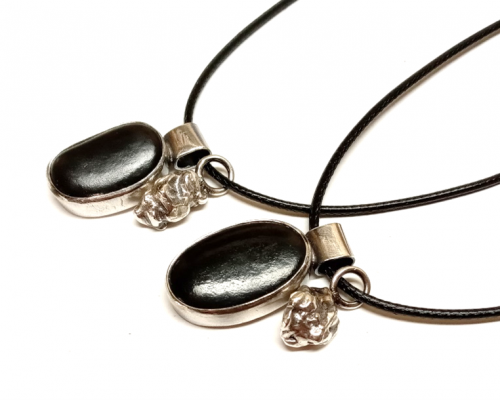 Aha Lightbulb Moment
Aha Lightbulb Moment
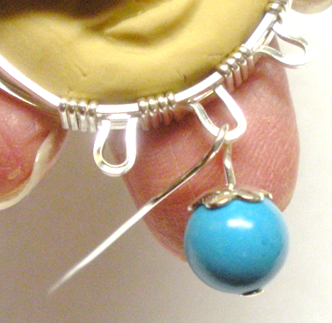 Adding Loops for Dangles on a Classic Wire Bezel Wrap
Adding Loops for Dangles on a Classic Wire Bezel Wrap
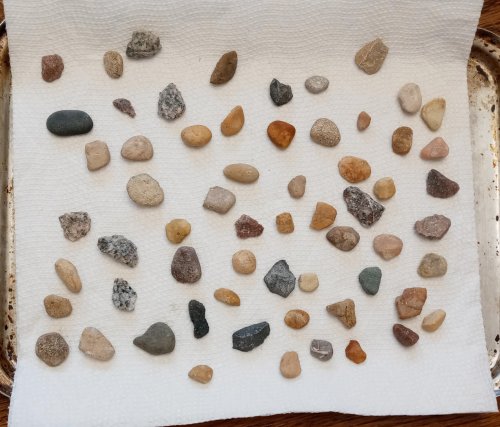 After the Rain - Found Treasures
After the Rain - Found Treasures
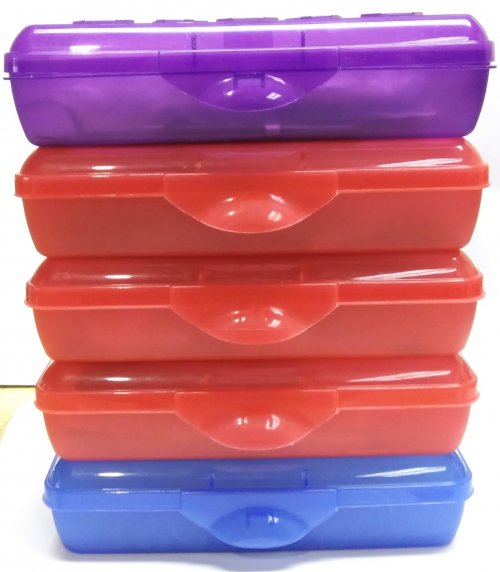 Back to School
Back to School
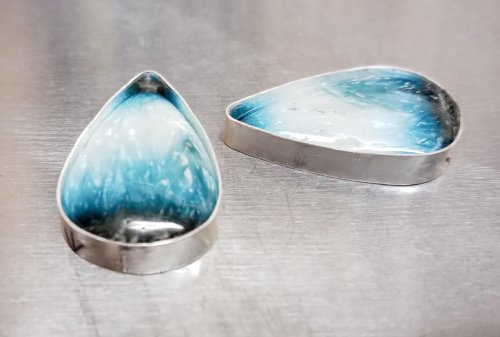 Bezel Solution for Corners and Points
Bezel Solution for Corners and Points
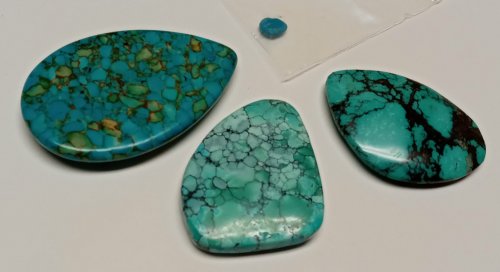 Filling Holes in Stones
Filling Holes in Stones
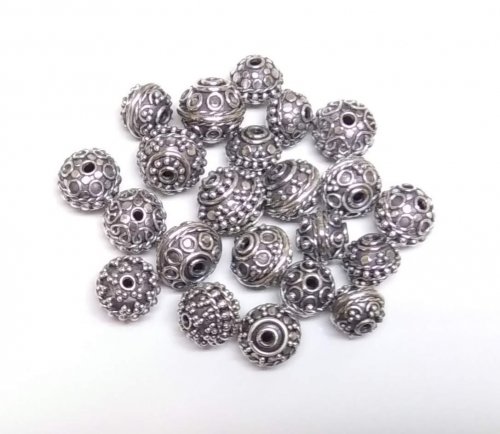 Dots to the Rescue
Dots to the Rescue
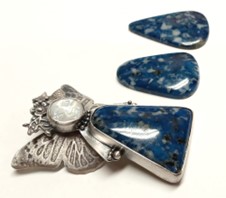 Raising Stones in Bezel Settings
Raising Stones in Bezel Settings
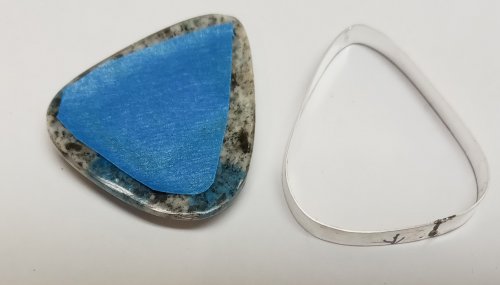 Leveling the Bottom of a Large Bezel
Leveling the Bottom of a Large Bezel
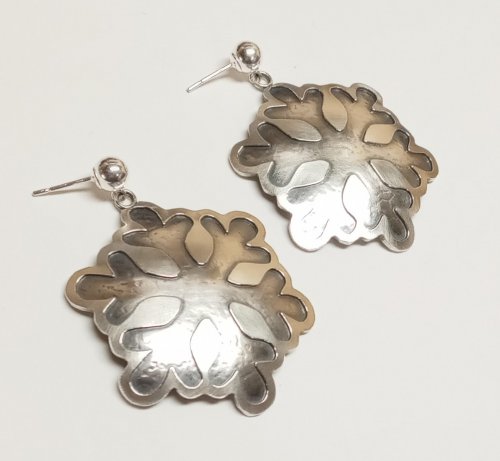 Using Leftovers
Using Leftovers
 Make-do Sawing Solutions
Make-do Sawing Solutions
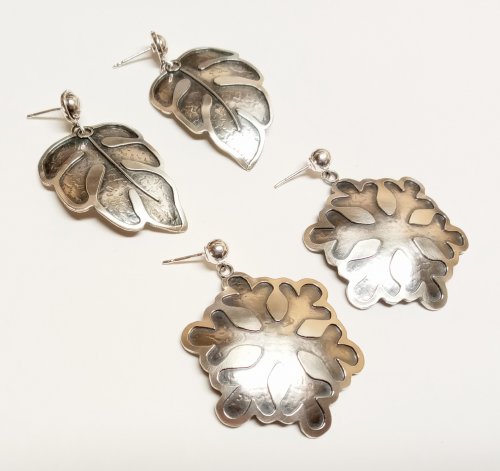 Combining Tutorials
Combining Tutorials
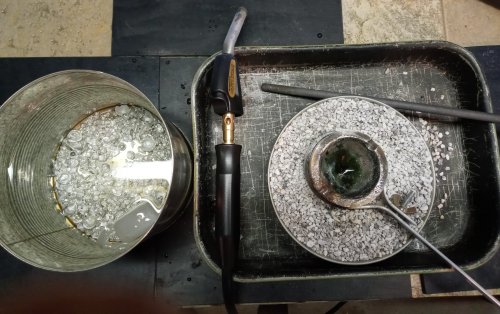 Scrap Melt
Scrap Melt
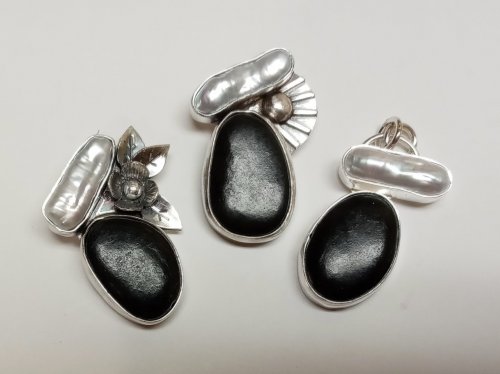 What's Your Jewelry Style
What's Your Jewelry Style
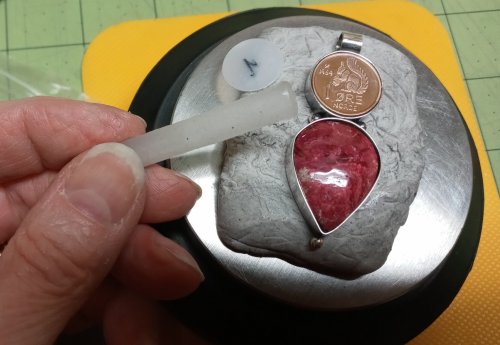 Using Wax from Braces
Using Wax from Braces
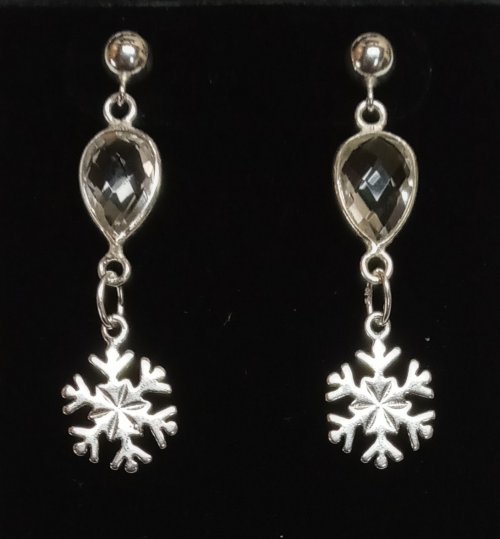 Sometimes Simple Really is Better
Sometimes Simple Really is Better
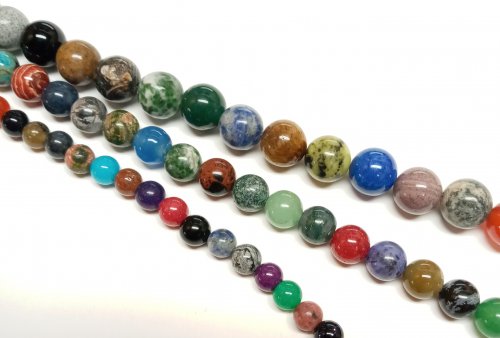 Bead Soup and Small Changes
Bead Soup and Small Changes
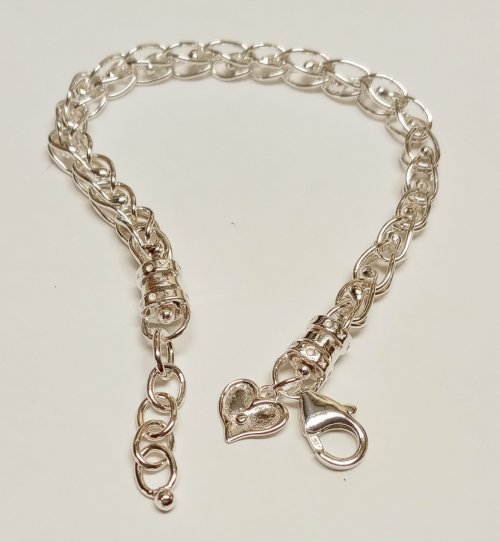 Repurposing Sterling Cord End Findings
Repurposing Sterling Cord End Findings
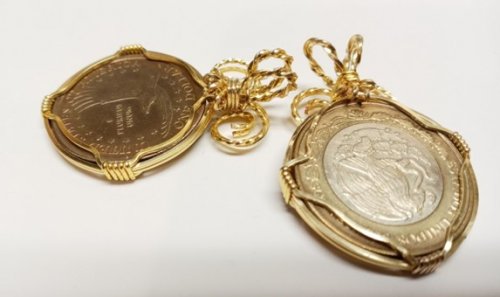 Wire Wrapped Bail Finishing Options
Wire Wrapped Bail Finishing Options
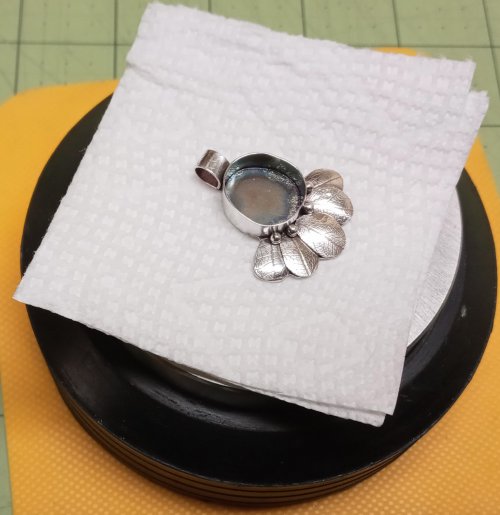 Protecting The Back of a Piece When Setting Stones
Protecting The Back of a Piece When Setting Stones
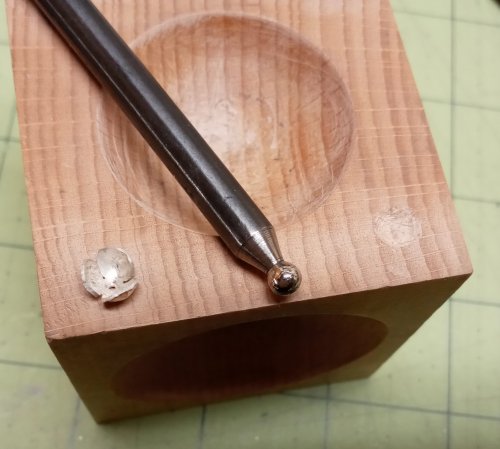 Altering Your Dapping Block
Altering Your Dapping Block
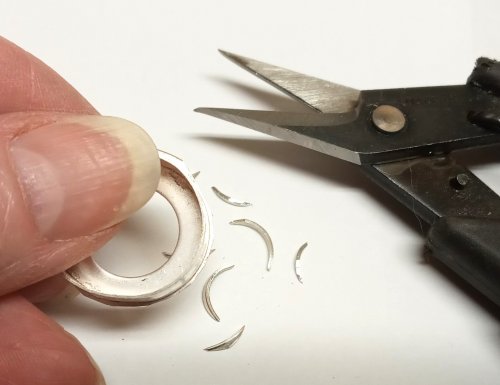 Trimming Around a Bezel
Trimming Around a Bezel
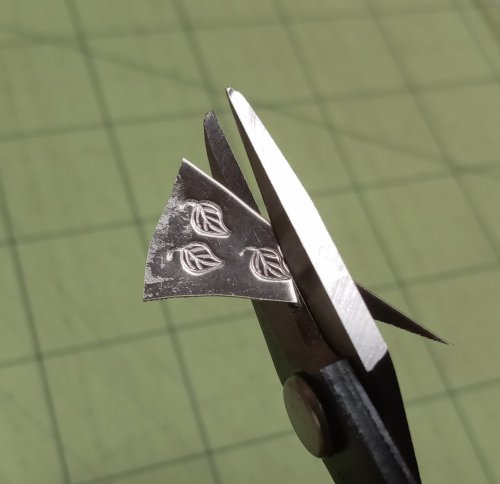 Making Tiny Dapped Metal Leaves
Making Tiny Dapped Metal Leaves
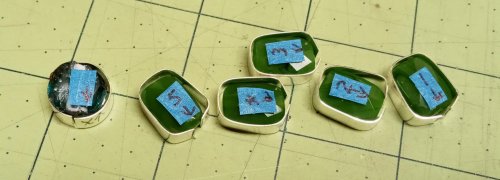 Labeling Cabs When Working with Them
Labeling Cabs When Working with Them
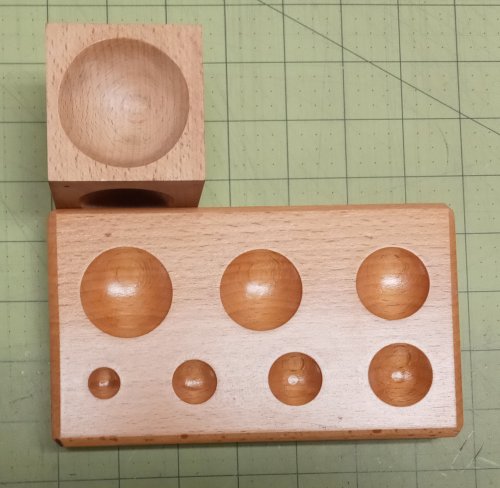 Basic Round Well Wood Dapping Blocks
Basic Round Well Wood Dapping Blocks
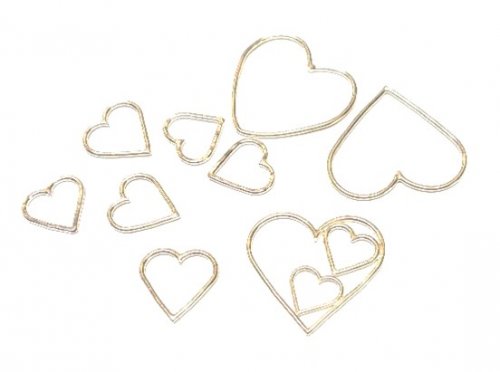 Get Inspired by What's on Your Bench
Get Inspired by What's on Your Bench
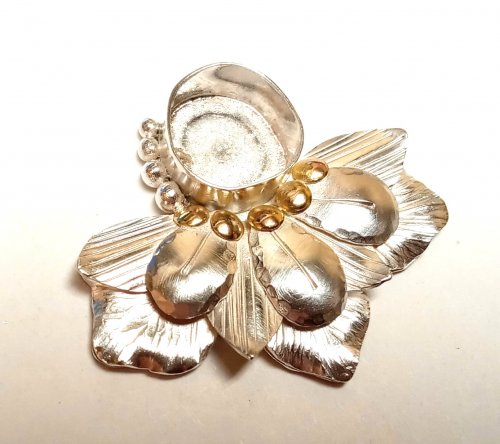 When Things Go Awry
When Things Go Awry
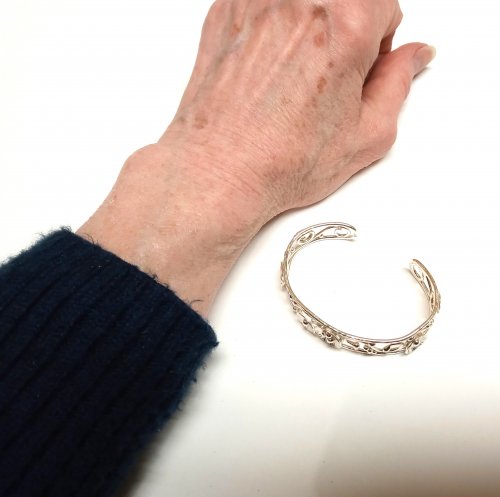 Putting On and Taking Off a Cuff Bracelet
Putting On and Taking Off a Cuff Bracelet
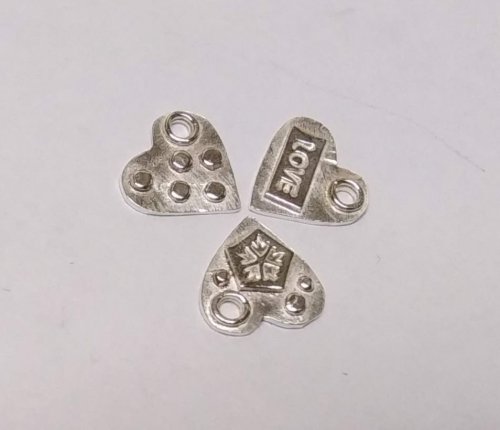 Adding Hearts to Your Designs
Adding Hearts to Your Designs
 Taking Care of Your Rolling Mill
Taking Care of Your Rolling Mill
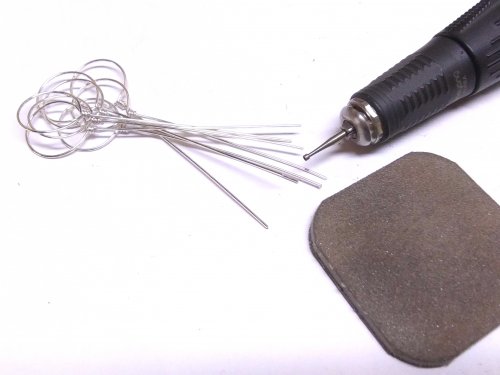 Power Up
Power Up
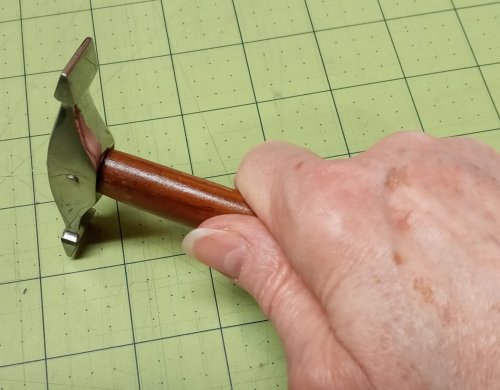 Hammer Basics
Hammer Basics
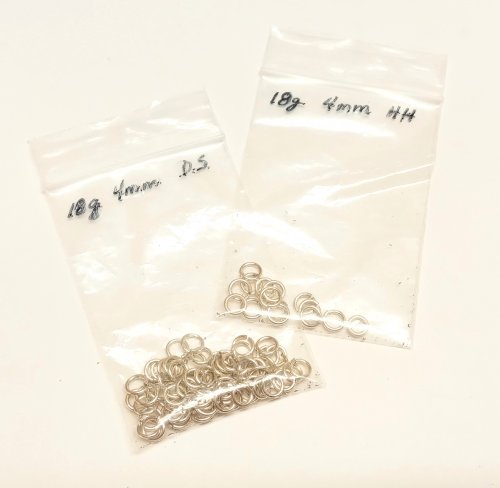 Wire Temper and Jump Rings
Wire Temper and Jump Rings
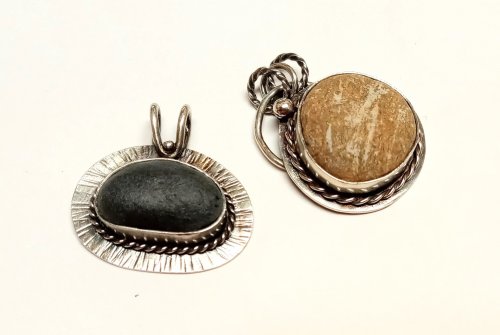 Embellish Bezels with Twisted Wire
Embellish Bezels with Twisted Wire
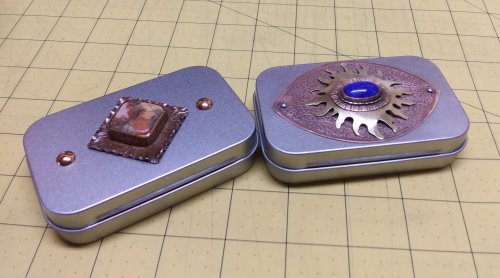 Embellish a Treasure Box
Embellish a Treasure Box
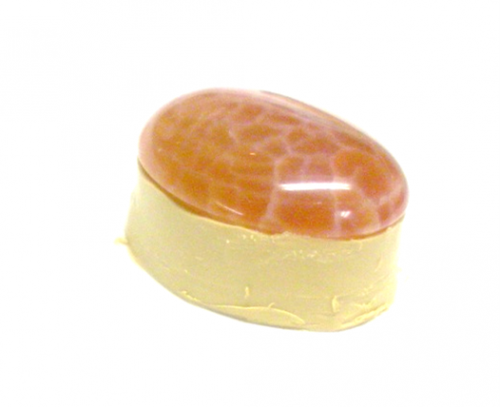 Make a Polymer Clay Cabochon Mandrel
Make a Polymer Clay Cabochon Mandrel
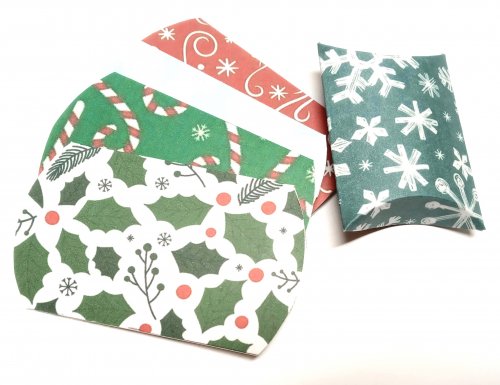 Jewelry Packaging for Small Items - Pillow Boxes
Jewelry Packaging for Small Items - Pillow Boxes
 Make-do Sawing Solutions
Make-do Sawing Solutions
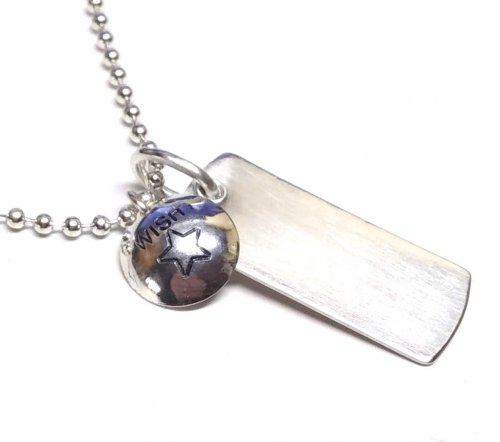 Ball Chain Embellishments
Ball Chain Embellishments
 Pickling and Super Pickle
Pickling and Super Pickle
 A Better T-bar
A Better T-bar
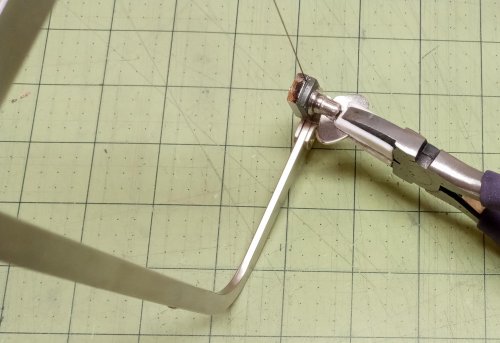 A Better Way to Change a Saw Blade
A Better Way to Change a Saw Blade
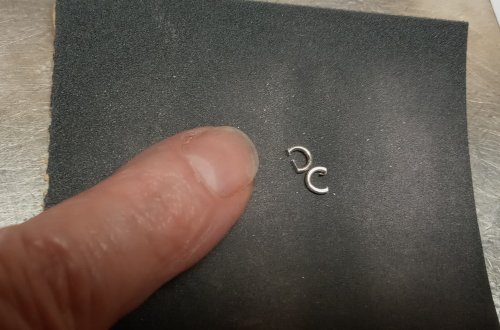 Making Consistent Hanging Loops
Making Consistent Hanging Loops
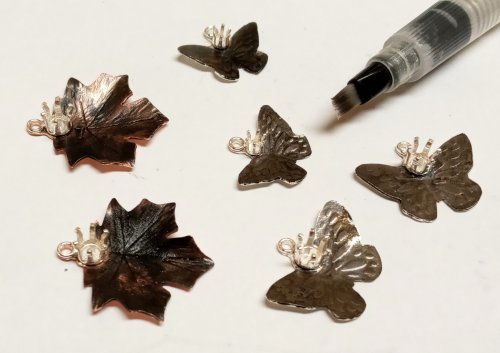 Targeted Patina
Targeted Patina
 Coin Focal Inspiration
Coin Focal Inspiration
 Bracelet and Paperclip Trick
Bracelet and Paperclip Trick
 What Wire is Best for Earring Findings
What Wire is Best for Earring Findings
 Storing Your Metal Stamps
Storing Your Metal Stamps
 Save Those Old Buttons
Save Those Old Buttons
 Adjusting Purchased Ear Wires
Adjusting Purchased Ear Wires
 Twisted Wire Tips
Twisted Wire Tips
 Stash Inspiration and Notes
Stash Inspiration and Notes
 Short Quotes for Stamped Jewelry
Short Quotes for Stamped Jewelry
 My Favorite Tweezers
My Favorite Tweezers
 No Rolling Mill- No Problem
No Rolling Mill- No Problem
 Coiling Wire for Jump Rings
Coiling Wire for Jump Rings
 Cutting Coils Into Jump Rings
Cutting Coils Into Jump Rings
 Closed Jump Rings Soldering vs Fusing
Closed Jump Rings Soldering vs Fusing
 Recycling Scrap Into Sheet Metal
Recycling Scrap Into Sheet Metal

